|
Spring has sprung, with daffodils nodding in the frosty air and trees starting to bud out. So it seemed apt to celebrate with another tea party! Once again, our tiny tea party with just one friend featured all-vegetarian recipes, since said friend is a vegetarian. And also because chicken salad, while delicious, seems lazy when you're looking for something new and interesting to try. This one featured recipes from a new cookbook acquisition, The Lunch Box and Every Kind of Sandwich by Florence Brobeck. My edition was published in 1949, although I believe the original was published sometime in the 1930s. It's also a bright orange library binding without the original dust jacket. So no pretty cover to show off this time! Unlike last time, my ambitious list didn't go QUITE as planned. Adapting historic recipes can be like that. 1940s Spring Tea Party MenuOpen-Faced Radish and Butter Sandwiches on White Open-Faced Cucumber and Cream Cheese Sandwiches on Rye Blue Cheese, Pecan, and Celery Sandwiches on Whole Grain 1940s Whole Wheat Honey Quick Loaf 1940s "Plain Buns" with Butter and Jam Fresh Sugared Strawberries Strawberry Lazy Daisy Cake Walnut Tassies Hot Cocoa Tea with Cream and Sugar The SandwichesRadish and butter sandwiches just scream spring to me, and they're very easy to put together. To make things extra fancy, cut sliced bakery bread (not the squishy kind from the bread aisle - hit the bakery and get peasant, sourdough, brioche, or in a pinch, French or Italian bread) with a cookie or biscuit cutter into rounds. Spread with soft butter, top with thinly sliced radishes, and a sprinkling of salt (I used pink Himalayan). The salt is what makes the radishes look wet, but adds a nice flavor. Open-faced cucumber sandwiches are equally easy. Make a cream cheese spread with softened cream cheese (15 seconds in the microwave does the trick), and thinly sliced scallions and dried dill. You can use jarred garlic or minced sweet onion instead of scallions. Spread it on any kind of rye bread. Top with English (a.k.a. seedless - even though they're not - or burpless) cucumbers. If you're hungry, top with another slice of bread spread with the cream cheese mixture, otherwise serve open-faced (which is prettier and more Scandinavian). If you're going really fancy, use fresh dill in the cream cheese and top each sandwich with a sprig of fresh dill. The little square sandwiches were a mashup of two recipes from the The Lunch Box - "Roquefort Cheese and Celery" and "Pecan and Celery" fillings. I decided to mash them up - literally - into one, slightly more interesting filling. I mixed a quarter pound of very soft blue cheese with about a cup each of diced pecans and finely minced celery, with a splash of Worcestershire sauce. It was a curious mixture. Next time I would probably add cream cheese to temper the blue cheese a little, and maybe add some scallions and/or smoked paprika. But otherwise it was quite nice on squares of thinly sliced whole grain bakery bread. Half the fun of tea sandwiches is the fun and dainty shapes you create. I always find it easier to slice the bread first, and then fill, but some people do it the other way around. Whole Wheat Honey Quick LoafWhen one encounters a recipe entitled "Honey Bread," one expects it to taste of, well, honey. Instead, the spicing of this little quick bread leaves the impression of gingerbread more than honey. Curiously, the recipe also contains no fat. I was skeptical, but aside from an accidental overbaking (which I think dried it out), it turned out fairly decently, if scarcely tasting of honey. I followed this recipe pretty much to the letter. It makes a tall loaf with a springy crumb - not at all the crumbly, moist, cake-like texture we come to associate with most quick breads today. Much more like true bread texture than cake. Here's the original recipe: 2 cups flour (I used white whole wheat) 1 teaspoon baking powder 1 teaspoon soda 1 teaspoon salt 1 teaspoon ground ginger 1/2 teaspoon ground cinnamon 1 egg 1 cup milk 1/2 cup liquid honey Sift the flour and measure it; then sift three times with the dry ingredients (or if you're lazy, just whisk everything together). Beat the egg with the milk, and stir this into the dry ingredients alternately with the honey. Beat and pour into a greased loaf pan. Bake in a moderate oven (350 degrees F.) about forty-five minutes or until done. Tip out of the pan and cool on a rack. Serve with salted butter, honey butter, and/or jam. 1940s "Plain Buns"This recipe is deceptive. The title, "Plain Buns" is not accurate - flavored with lemon zest and currants (I used golden raisins), the flavor was surprisingly strong and delicious. Designed to be used with cake yeast, all I had was rapid rise yeast, so I think they got a little overproofed. I'm going to try making them with active dry yeast again, so I won't comment too much on what I did, and just give you the original recipe: 1 cup scalded milk 1 tablespoon sugar 1 yeast cake 1 cup flour 2/3 teaspoon salt 1/4 cup butter or margarine 1 tablespoon lard or shortening 1/4 cup sugar 1/2 lemon, grated rind 1 cup seedless raisins or currants (I used golden raisins) 2 or more cups flour 1 egg yolk Scald the milk, add the sugar to it and, when it has cooled to lukewarm, add the yeast cake broken into small pieces. Cover this and let it stand twenty minutes. Then stir in one cup of sifted flour mixed with the salt. Cover and let this rise until light. Work the butter and lard together until creamy, add gradually the sugar, then the lemon rind. Combine with the first mixture, add the sifted flour (about one and one-half cups) to make a stiff sponge. Beat it well. Cover and let it rise again. Then add chopped raisins or currants and enough more sifted flour to make a soft dough. Cover and let rise again. Then pull off pieces and shape into large rolls. Arrange on a greased baking sheet one inch apart, cover them, and let rise again. Then brush them over with egg yolk, diluted with one teaspoon of water. Bake in a moderately hot oven (375 degrees F.) twenty minutes. This makes twenty to twenty-four buns. Obviously I didn't let rapid rise yeast go through fours separate rises! But I think it still overproofed a bit. I also forgot the egg wash! Which meant the buns looked a bit more like rocks. But they sure tasted good, and that's what mattered. If you enjoy the citrusy flavor of hot crossed buns, you'll love these. Strawberry Lazy Daisy Cake & Walnut TassiesI've made Strawberry Lazy Daisy Cake before, but this time I was somehow out of coconut, so I used chopped pecans for the topping as chopped nuts are the other traditional topping ingredient. Not QUITE as good as the coconut, but still yummy. Sadly for you, I did not make the walnut tassies (my friend did), and thus cannot share the recipe. However, she, like I did, had to make some substitutions! For Walnut Tassies are supposed to be Pecan Tassies, but my friend was out of pecans, so walnuts it was. The original recipe is supposed to be like tiny pecan pies, but tiny walnut pies were equally good. One of the primary joys of tea parties, of course, is in the dishes. I've got my vintage Fire King Azurite Charm teacups and saucers, with newly acquired luncheon plates, some milk glass compotes with sugared strawberries in them, milk glass D ring mugs for cocoa, and assortment of vintage servingware in springy shades, on a vintage floral tablecloth. With tulips in the middle, of course. If you missed the last spring tea party, you can check it out here, with a promise of more to come! Have you had a tea party recently? What favorite food did you feature? Tell us in the comments! The Food Historian blog is supported by patrons on Patreon! Patrons help keep blog posts like this one free and available to the public. Join us for awesome members-only content like free digitized cookbooks from my personal collection, e-newsletter, and even snail mail from time to time!
1 Comment
For those of you who have been following along, this is part of my "Dinner and a Movie: White Christmas" series! A "malted" makes an appearance in my favorite club car scene as Bob, Phil, Betty, and Judy make their way from Florida to Vermont. As they order some late-night snacks, Judy orders a "malted" from the bartender (who, coincidentally, I believe is the only Black person in the entire movie). What she means of course, is a malted milkshake - vanilla, not chocolate. And while I love malted everything, from chocolate-covered malted milk balls to malted milkshakes, this special ingredient has its roots in the brewing industry. Malt is made from barley and was originally a primary ingredient in beer (malt-based beers are some of the only ones I'll drink - I prefer them to hops-fermented ones), and later whiskey. Barley is partially sprouted and then dried and ground to create malt. In the 19th century it also became an industrial baking product, helping to give sweetness and a nice crust to breads. But in the 1870s, British pharmacist James Horlicks was trying to come up with an alternative food to raw milk for infants and a nutritional supplement for invalids. Milk at the time was rarely pasteurized and could often infect children with diseases. Lacking funds, he emigrated to Racine, Wisconsin, where his younger brother already lived. By the 1880s the brothers had patented a fortified gruel that they dried and ground, containing malted barley, ground grains, and dried milk. Developed as a water-soluble food for infants, it was quickly adopted in both tropical climates and polar expeditions for its shelf stability, palatability, and nutritional content. Horlick's brand malted milk became the industry standard and was adopted by the Temperance movement as well, showing up in soda fountains and in ice creams. In 1927, Carnation launched its own brand of malted milk and soon chocolate options were available on the market as well. Ovaltine, a malted milk powder that originally also contained eggs, was developed in Switzerland in the 1900s (originally with the name "Ovomaltine"). By the time we get to White Christmas in 1954, malted milkshakes, including chocolate malts, were a fixture of diners and soda fountains (and, apparently, trains) everywhere. Today, Carnation is one of the few malted milk powders widely available, and that's what I used. They also had a recipe for malted milkshakes right on the back of the container. Vanilla Malted MilkshakesThis recipe is per serving. 2 scoops vanilla ice cream 3/4 cup whole milk teaspoon vanilla extract 3 tablespoons malted milk powder Place all ingredients in a blender and blend until smooth. This did make a very good milkshake - the ratio of ice cream to milk was just about perfect. Although it was maybe a little more liquidy than I like, it didn't get ice crystals, as you sometimes do with homemade milkshakes. That being said, three tablespoons of malted milk powder is a LOT, and resulted in a very strong malted milk flavor. If you're unsure of how fond you are of malted milk, I would cut it down to two tablespoons. This makes about 12-16 ounces, so make sure to pour it into a tall glass and top it with whipped cream. Be sure to follow the White Christmas tag or visit the original menu post for the rest of the White Christmas Dinner and a Movie menu. Are you going to make this, or another beverage from the list? Want to see more Dinner and a Movie posts? Make a request or drop your suggestions in the comments! The Food Historian blog is supported by patrons on Patreon! Join us for awesome members-only content like free digitized cookbooks from my personal collection, e-newsletter, and even snail mail from time to time! I really debated what dessert would go best with White Christmas. Aside from the malted milkshake, and the General's birthday cake, none are mentioned in the movie. I thought about going the fruitcake route, but I didn't exactly have time for it to soak. And then, when flipping through The United States Regional Cook Book (1947), I ran across a recipe I'd found and wanted to try earlier in the year - "Maple Sirup Gingerbread." Gingerbread is a traditional Christmas food dating back to the Medieval period, and the use of maple syrup (or, in 1940s spelling, "sirup") made the recipe appropriately Vermont-y. During World War II, maple syrup was touted as a sugar alternative and throughout history it has generally been less expensive than refined white sugar. Not so today, when a quart of maple syrup ranges in price from $15-$25, depending on where you are (which means a cup averages about $5). If you'd rather not "waste" a whole cup of maple syrup on a cake, feel free to use a different gingerbread recipe (may I recommend New York Gingerbread?). Maple Sirup Gingerbread (1947)It occurred to me after I started making this that the "sour cream" in the recipe was probably SOURED liquid cream, instead of the thick, dairy sour cream we're used to these days. But I went with it anyway. If you want to try something closer to the original, split the difference and use a half cup of heavy cream and a half cup of sour cream. Aside from that, I made no changes to this recipe, except to make an executive decision about "oblong baking pans" and just do a round one instead. I also don't recommend lining the pan with waxed paper, unless you want the wax to melt into your cake and onto your pans. Parchment is fine, but unnecessary. Just grease the pan well. 1 cup maple syrup 1 cup sour cream 1 egg, well beaten (you don't actually have to beat the egg in advance) 2 1/3 cups sifted flour (ditto sifting) 1 teaspoon baking soda 1 1/2 teaspoons ginger 1/2 teaspoon salt 4 tablespoons melted butter (1/2 a stick) Blend maple syrup, sour cream, and egg together until smooth. Add dry ingredients and whisk into the liquid ingredients, making sure to stir well. Add butter and beat thoroughly. Pour into greased ROUND cake pan and bake at 350 F for 30-40 minutes, or until the center of the cake springs back to the touch. Loosen the edges and tip out the pan to cool on a rack. Serve warm or cold with plenty of whipped cream. A word to the wise, you'll note that this recipe ONLY contains ginger, no other spices. But it contains quite a bit of ground ginger, which means the ginger flavor is very forward and in my opinion masks the flavor of the maple syrup, though my husband swore he could taste it. You might want to dial back the ginger a bit if you make it. Either way, it's very good - dense and moist with lots of good gingery flavor and feeling appropriately Christmassy. If you're trying to be healthier, I recommend subbing half of the all-purpose flour with a whole grain one. Spelt or rye would both be nice. So what do you think? Does Maple Sirup Gingerbread go with White Christmas (1954)? Let me know in the comments! And be sure to follow the White Christmas tag or visit the original menu post for the rest of the White Christmas Dinner and a Movie menu. Want to see more Dinner and a Movie posts? Make a request or drop your suggestions in the comments! The Food Historian blog is supported by patrons on Patreon! Join us for awesome members-only content like free digitized cookbooks from my personal collection, e-newsletter, and even snail mail from time to time! White Christmas has a famous scene about sandwiches. In it, Bing Crosby (playing Bob Wallace) waxes lyrical on the types of women he dreams about when he eats various sandwiches as a bedtime snack. Rosemary Clooney (playing Betty Haynes) teasingly asks him what he dreams about when he eats liverwurst. Bob shudders in response. I'll be honest - I've never had liverwurst. Some people love it, some people hate it. Maybe someday I'll try it, but my vegetarian friend saved the day. The phrase "lentilwurst" popped into my mind and I decided to run with it. This recipe is the only one that isn't based on a historical recipe (for obvious reasons), but lentils were around in the 1950s and were used as a vegetarian substitute for meat. This recipe also takes after slightly the infamous vegetarian bean loaves and nut loaves of the late 19th and early 20th century. In fact, one of the recipes I considered for the menu was "Boston Roast," which is a take on meat loaf, only made with beans (hence Boston) instead. I based my recipe loosely on this one, but with a few tweaks of my own. Here's my version, which you could easily make vegan by using olive oil or butter substitute, and vegan mayonnaise. Lentilwurst (a.k.a. Vegetarian Liverwurst)1 cup red lentils 1 1/2 cups water 1/4 cup butter (half a stick) 1 pint baby bella mushrooms 1 teaspoon dried sage (not ground - use 1/2 teaspoon if using ground) 1 teaspoon smoked paprika 1/2 teaspoon ground ginger 1/2 teaspoon ground mace (can use nutmeg instead) 1/2 teaspoon black pepper 1/2 teaspoon onion salt 2 heaping tablespoons mayonnaise Rye bread Dijon mustard In a 2 quart saucepan, bring lentils and water to a boil, then reduce heat and cook until lentils are very soft and have absorbed all water (watch out for boiling over and stir occasionally). Meanwhile, clean and finely mince mushrooms. When the lentils are done, remove to a glass dish to cool. Wash the same saucepan and add the butter and spices. When butter is melted, add mushrooms and cook over medium to medium-low heat until the juices and butter are largely reduced. Mix mushrooms, lentils, and mayonnaise until well combined. Chill in a glass container in the fridge. When ready to serve, slice or spread onto rye bread that has been thinly spread with mustard. Eat open faced or closed. The lentilwurst sandwiches were the surprise hit of the evening. Everything on the menu was good, but this was so good I was very sad I hadn't made a double batch, and have since gone out and bought more mushrooms precisely so I can make more. The mushrooms and lentils gave it a meaty texture, and the salty, spicy flavors of the seasonings went very well with the rye bread and mustard (traditional liverwurst sandwich ingredients). I did not add onions or pickled onions to the sandwiches as I had considered, but that would be another lovely addition. We gobbled this right up with no regrets. Do you think lentilwurst goes with White Christmas (1954)? Let me know in the comments! And be sure to follow the White Christmas tag or visit the original menu post for the rest of the White Christmas Dinner and a Movie menu. Want to see more Dinner and a Movie posts? Make a request or drop your suggestions in the comments! The Food Historian blog is supported by patrons on Patreon! Join us for awesome members-only content like free digitized cookbooks from my personal collection, e-newsletter, and even snail mail from time to time! For those of you who have been following along, this is part of my "Dinner and a Movie: White Christmas" series! I wanted something to go nicely with the Vermont Parsnip Chowder, so I thought Vermont Graham Muffins would do very well, indeed. Graham flour is entire wheat flour (not to be confused with regular whole wheat flour, which is usually just white flour with some of the wheat germ added back in). Named after 19th century health reformer Sylvester Graham, it was one of the only parts of his largely unpalatable health and religious reforms, many of which were later adopted by Seventh Day Adventist prophet Ellen G. White and even later by John Harvey Kellogg, that was widely accepted by the general public. Graham pudding, graham gems, graham bread, graham muffins and eventually, yes, graham crackers (which would have appalled Sylvester), were all prevalent in cookbooks throughout the 19th and into the 20th century. And Kellogg used graham flour in his "Granula" cereal. Graham flour came to be widely associated with New England in the late 19th and early 20th centuries. This particular recipe I found in the absolutely delightful The United States Regional Cook Book, edited by Ruth Berolzheimer. My edition was published in 1947. It has a whole section on New England foods (among others), and "Vermont Graham Bread" is included in the chapter, "Breads, Quick Breads, and Pancakes." Vermont Graham (or Rye) MuffinsThe original recipe is geared towards a loaf of bread, but who wants to wait a whole hour for bread when you can have muffins in half the time? I should also confess that after all the rhetoric about Graham flour, I could not find any in the store, and I thought I had regular whole wheat flour at home. Wrong. So I substituted rye flour (an equally New England ingredient) and it was delightful. So feel free to substitute whole wheat, rye, or even spelt flour, if you like. I also made my own "buttermilk" with a tablespoon of lemon juice per cup of whole milk, but this recipe would probably be a smidge more moist with real buttermilk. This is my take on the original recipe, with the listed additions for muffins. 1 cup all-purpose flour 1 1/2 teaspoons baking soda 1 teaspoon baking powder 1 teaspoon salt 1/2 cup packed brown sugar (feel free to use less) 2 cups buttermilk 2 cups graham flour (or rye) 4 tablespoons butter, melted (half a stick) Preheat the oven to 375 F. Grease a standard muffin tin. Whisk together the all-purpose flour, graham flour, baking soda and powder, salt, and brown sugar until well combined (try not to leave any brown sugar lumps, but don't worry if you do). Stir in the buttermilk and melted butter. Spoon into muffin tins (makes a dozen) and bake 30 minutes, or until muffins are golden brown and spring back to the touch. Remove from tins and cool on a wire rack. Serve warm with plenty of butter. These muffins taste slightly reminiscent of bran muffins, but are more like bread and less like the sugary sweet breakfast cakes most of us associate with the word "muffin." They are a bit sweet, so feel free to cut back on the brown sugar a bit if you're looking for something strictly more bread-like. They are best when served warm with butter, but are perfectly adequate cold as well. Do you think graham muffins go with White Christmas (1954)? Let me know in the comments! And be sure to follow the White Christmas tag or visit the original menu post for the rest of the White Christmas Dinner and a Movie menu. Want to see more Dinner and a Movie posts? Make a request or drop your suggestions in the comments! The Food Historian blog is supported by patrons on Patreon! Join us for awesome members-only content like free digitized cookbooks from my personal collection, e-newsletter, and even snail mail from time to time! For those of you who have been following along, this is part of my "Dinner and a Movie: White Christmas" series! I wanted to find a vegetarian main dish to go with the movie, and given that Christmastime is cold up here in New York, I thought soup would be something cozy and not too elaborate. In perusing some of my vintage cookbooks, I ran across this gem in the 1977 New York Times New England Heritage Cookbook by Jean Hewitt. Clam chowder is, of course, quintessentially New England, which seemed appropriate given that our Fabulous Quartet were headed to Vermont for the winter holiday. And clam chowder is one of my husband's favorites, but I'm allergic to shellfish. This recipe for Parsnip Chowder is attributed to Vermont, which makes sense given that that great state does not border the ocean. And since parsnips are a delightful, if underutilized, vegetable, I thought I would give this chowder a go. Because our friend is vegetarian, I did end up making a few changes. Vermont Parsnip Chowder (1977)Here's the original recipe (pictured above): 1/3 cup diced salt pork 2 onions, thinly sliced 2 1/2 cups peeled, cubed parsnips 1 cup peeled, cubed potatoes 2 cups chicken broth 4 cups milk, scalded 3 tablespoons butter salt and freshly ground black pepper to taste 1/3 cup rolled cracker crumbs 1. Sauté the salt pork in a large, heavy saucepan until the fat is rendered and the pork pieces are crisp. Remove the pieces and reserve. 2. Add the onions and sauté until golden. 3. Add the potatoes and parsnips and cook, stirring, three minutes. Add the broth, bring to a boil, cover, and cook over low heat until the vegetables are tender, about twenty-five minutes. 4. Add the milk, butter, and salt and pepper and bring to a boil. Stir in the cracker crumbs and reserved pork pieces. Yield: Eight servings. Okay, so, I did not make many changes, but I did make a few substantial ones, which I think turned out quite nicely. Here are my changes: 1/4 cup olive oil (or half a stick of butter) 1 tablespoon smoked paprika 2 onions, sliced 4 cups parsnips, peeled and cubed (about 3 large parsnips) 2 cups red potatoes, cubed (about 3 smallish ones, and I like the peel for texture) 3 cups water 1 cup heavy cream 3 cups whole milk garlic salt black pepper In a large pot over medium heat, bloom the paprika in the olive oil, then add the onions and sauté until tender. Add the parsnips and potatoes and stir to coat. Let cook until slightly browned in spots. Add the water and bring to a boil, then reduce heat and simmer, covered, until the vegetables are fork-tender. Add the heavy cream, milk, garlic salt, and pepper, and simmer, cover off, until the chowder thickens. Taste and add more salt if necessary. The parsnips and onions make it quite sweet. The chowder turned out beautifully - a thick, creamy texture with tender bits of parsnip and potatoes (the onions basically melted into the cream) and a lovely golden color. The cream really thickens the chowder up without the addition of crackers (although you could add saltines or oyster crackers if you want). We ate up the leftovers pretty quickly, and in some ways it was better the next day. What do you think? Is parsnip chowder something you would try? Do you think it goes with White Christmas (1954)? Let me know in the comments! And be sure to follow the White Christmas tag or visit the original menu post for the rest of the White Christmas Dinner and a Movie menu. Want to see more Dinner and a Movie posts? Make a request or drop your suggestions in the comments! The Food Historian blog is supported by patrons on Patreon! Join us for awesome members-only content like free digitized cookbooks from my personal collection, e-newsletter, and even snail mail from time to time! For those of you who have been following along, this is part of my "Dinner and a Movie: White Christmas" series! I chose this salad as a menu starter for a variety of reasons. One, because I enjoy grapefruit and wanted something relatively simple and refreshing to counter the heaviness of some of the other items on the menu. But also because grapefruit was a very typical appetizer and salad ingredient from the 1930s through the 1960s. Pink grapefruit was first commercialized in the late 1920s and by then grapefruit in general had become a popular breakfast food. In the 1930s, with the rise of Hollywood and the ubiquitousness of citrus fruits in both California and the newly popular Florida as a vacation spot, grapefruit took on other guises. Broiled grapefruit became a popular appetizer and it was increasingly used in salads. Commercially canned grapefruit became available in the mid-1920s, which added to its popularity. So, in a movie that doesn't QUITE make Hollywood and California the star, but which definitely "visits" the tropics through the tropical nightclub in Florida, grapefruit seemed like a natural addition to the menu. This particular one is quite a simple recipe, from my 1942 edition of the American Woman's Cook Book by Ruth Berolzheimer, an extremely popular cookbook that was in print from 1938 through the 1960s. Grapefruit Salad (1942)The original recipe is quite simple. It reads: "Peel grapefruit and free the sections from all membrane and seeds. Cut sections in half, crosswise; lay on a bed of lettuce leaves and serve with French dressing. Sprinkle with tarragon leaves or with mint if desired." Supreming citrus (which is the official term for peeling and freeing citrus from the membrane) is extremely time-consuming work and doesn't always turn out how you'd like. Which is why if you'd rather use modern canned grapefruit, please feel free. The French dressing referred to in this recipe is NOT the modern, gloppy red stuff. It is, in fact, code for vinaigrette. I made my own, in my adaptation of the recipe, below. There's even a little maple syrup, to New England things up a bit. 1 large pink grapefruit for every two people 2 tablespoons olive oil 1 tablespoon maple syrup (optional) 1 tablespoon Dijon mustard thinly sliced red leaf lettuce Peel the grapefruit with a sharp knife over a small bowl to catch the juice. Using the knife, carefully cut each section away from the membrane on either side and cautiously remove, trying to keep the section intact. When done, squeeze the remaining pulp for juice into the bowl. Arrange the lettuce on each plate, then add the sections (you can cut them in half, or not). If you get 8 intact sections, you're doing better than I did. With a fork, mash up any remaining pulp into the juice (fish out any seeds), then add the olive oil, maple syrup, and Dijon mustard and whisk with the fork to combine. Pour the dressing over the sections and lettuce and serve. And that's it! Simple, if not easy (supreming is hard work!), and very tasty. The maple and the grapefruit flavors go very well together, although the dressing is a bit sweet. Do you think it goes with White Christmas (1954)? Let me know in the comments! And be sure to follow the White Christmas tag or visit the original menu post for the rest of the White Christmas Dinner and a Movie menu. Want to see more Dinner and a Movie posts? Make a request or drop your suggestions in the comments! The Food Historian blog is supported by patrons on Patreon! Join us for awesome members-only content like free digitized cookbooks from my personal collection, e-newsletter, and even snail mail from time to time! White Christmas (1954) is probably one of my favorite holiday films. I did not grow up watching it. In fact, my husband was the one who introduced me to it, but I fell in love. It's got everything - WWII, great relationships, music, dancing, everything wonderful and awful about putting on a show (former theater nerd, here), and of course, a heartwarming tale in a beautiful setting. Not to mention Bing Crosby's velvet voice. So when a friend, who had never seen White Christmas, suggested I make a dinner menu to go along with the film, I couldn't resist. She knew I'd done similar menus before (Star Wars and The Hobbit, respectively, both birthday parties I threw myself), but this one was fun because I could delve into all my vintage cookbooks for ideas. Now, there are a few foods mentioned or shown in the film. One of the first (and best) is the scene in the club car on the way to Vermont. Mentioned or shown foods include:
The other major scene is after hours, when sandwiches and buttermilk are the order of the day. Mentioned or pictured in this scene are:
Other foods shown include hotdogs by the fire and, of course, the General's enormous birthday cake. Clearly dinner is served in that scene, but it's difficult to see what. There was an added hiccup in all this menu planning - the friend in question is vegetarian. So guess what? A lot of that list is out the window! But I relish a good challenge, so I took to my cookbooks and got thinking. And here's what I came up with: I based my recipes largely on the foods of the late 1940s, focusing on New England recipes. Because although White Christmas was released in 1954, and clearly takes place in the 1950s, it was influenced by the earlier (and slightly more racist) Holiday Inn, which came out in 1942. In addition, the WWII connection between Bob and Phil (a.k.a. Wallace & Davis), made me think this menu needed a little bit of a 1940s flavor. Here's the menu:
No, those aren't typos - "lentilwurst" is what I call vegetarian liverwurst and while everything was good, that was the surprise hit of the night. I wish I had made a double batch because it was gone almost instantly. Maple Sirup (also not a typo - that's how they spelled it in the cookbook) Gingerbread was another delightful (if rather expensive) hit. Thankfully, we did not eat the whole cake in one sitting, although two days later we're down to the last piece. In an effort to spare you from the world's longest blog post, I'm going to be posting the recipes each day this week (probably more than one per day) as their own blog posts. Don't worry - I'll link them back here as they're posted so you can always find everything in one spot. You should get the whole menu before the weekend - just in time to plan a White Christmas Dinner and a Movie of your own! Happy eating! Want to see more Dinner and a Movie posts? Make a request or drop your suggestions in the comments! As always, The Food Historian blog is supported by patrons on Patreon! Join us for awesome members-only content like free digitized cookbooks from my personal collection, e-newsletter, and even snail mail from time to time!
Thanks to everyone who joined us for Episode 22 of the Food History Happy Hour! This was a very special Halloween themed episode! We made the early 19th century Stone Fence cocktail, and talked about all sorts of historic Halloween traditions and foods, including the Celtic and Catholic origins of Halloween, Halloween games and divination, including Snap Apple (as illustrated above), donuts, party foods including gingerbread, grapes and grape juice, apples, pumpkins, color themed parties, decorations, including Dennison's Bogie Books, the history of trick-or-treating, and more!
Stone Fence Cocktail (19th Century - 1946)
There's all kinds of versions of this - I was first introduced to the Stone Fence in the Roving Bartender (1946), and of course it's in Jerry Thomas' "How to Make Mixed Drinks" (1862) also has a version, which is largely how it gets popularized in bars across the country. But mixing hard cider with brown liquor dates to much earlier, and the type of brown liquor depends on the region. Both of these recipes call for Whiskey/Bourbon, but I decided to go with spiced rum. Other versions also call for Angostura bitters or cinnamon, which is unnecessary if you use spiced rum, like I did.
You'll note that the Jerry Thomas recipe actually calls for the use of sweet cider, which is unusual. Here's the original recipe:
(209) Stone Fence. (use a large bar glass) 1 wine glass of whickey (bourbon). 2 or 3 small lumps of ice. Fill up the glass with sweet cider.
I like the Bill Kelly recipe from the Roving Bartender a bit better. Here's the original:
Stone Fence. 1 oz. whiskey in a high ball glass Fill with hard cider. And of course, there's my own version! 1 oz. spiced rum Fill with hard cider (I used Strongbow Artisanal Blend) I did not use ice, because I was lazy, but if you don't make sure your hard cider is chilled for the best version. You could also turn this into a sort of flip by heating the hard cider (don't boil unless you want to lose the fizz and the alcohol content) and adding the spiced rum at the last minute. Episode Links
I love Halloween and had a bunch of fun putting this together.
That's all for tonight! I hope everyone has a very Happy Halloween tomorrow and we'll see you in November for the next episode of Food History Happy Hour!
Food History Happy Hour is supported by patrons on Patreon! Join us for awesome members-only content like free digitized cookbooks from my personal collection, e-newsletter, and even snail mail (like the Halloween packet) from time to time!
This article, from the December, 1942 issue of Good Housekeeping magazine, illustrates the first Christmas under rationing for Americans. Although the Japanese had attacked Pearl Harbor on December 7, 1941, rationing did not go into effect until 1942. Good Housekeeping set the standard for women's magazines in the period, and had the still-famous "Good Housekeeping Seal of Approval" to its name. But in this instance, the magazine, as many other publications in the period, served as an arm of the government's propaganda machine. Here, the article outlines the Basic 7 nutrition recommendations and gives advice for how to shop around shortages and rationing. The article has no author, which is another clue that it probably came straight from Uncle Sam's on-staff nutritionists and home economists. "PLAN YOUR HOLIDAY MEALS THIS WAY AND YOU'LL MEET Uncle Sam's recommendations FOR NUTRITIOUS MEALS""Planning Is Important. It's imperative this year to cut down on deliveries and trips to market, to shop early in the week, so there will be less crowding in the stores, to stock up on staples, and to plan for the purchase of perishables, so the refrigerator is never overcrowded. And we should not go back on Uncle Sam by failing to measure up to his recommendations for truly nutritious meals. All this means planning ahead. So before you go to market, plan your meals, if possible, for the entire holiday weekend, Thursday to Monday. Plan each day as a unit, with an eye on the government food chart. Then make out your market listsone for staples, another for perishables. And off you go with your Victory marketbag or basket! "Your Grocer's Shelves. In checking your market list at the grocer's, you may find that some items are missing. Neither the grocer nor the food manufacturers can help this. Before products get to the grocer's shelves this year, Uncle Sam has appropriated what he needs for the armed forces and for our allies. This means that little, if any, of some foods is left for civilians. However, you still will find such a wide variety in foods on the grocer's shelves that you easily can choose substitutes. Here is where Uncle Sam's nutrition chart will come to your aid, so take it to market with you. Don't be surprised, either, if you find old favorites in new containerssome in glass instead of tin, some in various types of paper package. Whatever the kind of package, the quality of your favorite brands will not fail you. "Your Pantry Shelf. While you are giving your order, don't forget to include a reserve supply of those staple groceries you depend on regularly or in an emergency. This practice is real conservation. It will save trips to market, deliveries, and phone calls. Tin Cans Are Precious. You all know that tin and steel are scarce and that the tin cans you have been depending on are made of steel plated with tin. Because of this scarcity, used cans are being salvaged. The tin plating is removed, and this, with the steel, is used for new cans. We are told that 250 used cans will produce 200 new ones. Need we urge you then to save every can? Remove labels, wash cans thoroughly, remove top and bottom, and then flatten each can with the foot until the sides nearly meet. Be sure to leave a small space, as this is necessary for the detinning process. Remember, too, that unless the cans are really clean, they cannot be salvaged. If collections are tardy, take the cans in your market basket to a collection center. Saving cans is your patriotic privilege. "Uncle Sam's Food Rules. Use these rules in planning each day's menus: Milk and Milk Products - at least a pint for everyone - more for children - or cheese or evaporated or dried milk. Oranges, Tomatoes (and Tomato Juice), Grapefruit - or raw cabbage or salad greens - at least one of these. Green or Yellow Vegetables (market, canned, or quick-frozen) - one big helping or more, some raw, some cooked. Other Vegetables, Fruits (fresh, dried, canned, or quick-frozen) - potatoes, other vegetables or fruits in season. Bread and Cereal (including cereal restored to whole-grain nutritive value) whole-grain products or enriched white bread and flour. Meat, Poultry, or Fish - dried beans, peas, or nuts occasionally. Eggs - at least 3 or 4 a week, cooked as you choose - or in "made" dishes. Butter and Other Spreads (including margarines fortified with vitamin A) vitamin-rich fats, peanut butter, and similar spreads. Then eat other foods you also like. "Our Planned Holiday Menus. We followed the above rules in planning the menus given below. To illustrate: granting that breakfast provided a citrus fruit or tomato juice, a cereal, but no egg, we have eggs in the Cheese Bread Pudding, and we have meat for luncheon and cheese for dinner, to meet the protein quota for the day. Minerals and vitamins are taken care of with the carrot cole slaw, molasses cookies, fruit gelatin (gelatin is an excellent carrier of fruit, etc.), vegetable-juice cocktail, broccoli, salad, apples, etc. Enriched flour is used in shortcake, pie, cookies, and cheese pudding, and butter or margarine is used both as a spread and as an ingredient in some of the dishes. Milk is served at both meals and is used in the cheese pudding. Broccoli is the green vegetable. Isn't it simple to check your meals for their food value? And isn't it a great reward to know that your family is well fed? So why not make this part of your meal planning? "Now for our holiday menus, with recipes. DAY BEFORE CHRISTMAS Luncheon *Hamburger Shortcakes Carrot Cole Slaw Fruit or * Coffee Almond Jelly Molasses Cookies Milk Dinner Hot Vegetable-Juice Cocktail *Cheese Bread Pudding Broccoli Tossed Lima-Bean and Beet Salad Bread Sticks * Deep-Dish Quince-Apple Pie Milk CHRISTMAS DAY Dinner * Cranberry-Juice Cocktail * Carrot-Cheese Hors d'Oeuvres Roast Turkey *Sweet-Potato Stuffing Giblet or Mushroom Gravy * Brussels Sprouts with Onions String-Bean Succotash Celery Pickles Pickled Fruits Enriched Bread * Steamed Christmas Puddings with * Strawberry Sauce Roasted Walnuts Coffee Evening Snack (For Those Who Wish It) Oyster Stew Toasted Crackers Fruit Bowl Coffee DAY AFTER CHRISTMAS Luncheon * Luncheon Rarebit Sandwiches Celery Chocolate-Flavored Milk Drink Dinner Sauteed Lamb's Liver * Mashed Potato-Turnips Canned or Quick-Frozen Peas Whole-Wheat Bread *Jellied Grape Salad Milk Coffee SUNDAY AFTER CHRISTMAS Dinner * Turkey Fricassee on Crumb Noodles * Vinaigrette Spinach Baked Acorn Squash Enriched Bread Canned Cranberry Sauce * Marble Ice Cream Coffee Supper Hot Canned Consomme Madrilene Canned-Tongue and Lettuce Sandwiches Cookies Milk Coffee *Recipe given in article" I won't transcribe all of the recipes here (there are so many of them!), but most are typical of the 1940s and designed to use up leftovers (Turkey Fricassee on Crumb Noodles) or organ meats like liver or canned tongue. The meals themselves, except for dinner Christmas Day, are also very simple, emphasizing starches and vegetables livened up with cheese and a few interesting desserts. The "Dinner" served on Christmas Day was likely intended to be a noon or afternoon meal. Hence the "Evening Snack" of oyster stew ("for those who wish it" - in case they're too full still from dinner) - an American Christmas tradition (usually using canned oysters) dating back to the Victorian era. Conspicuously absent from this menu is the plethora of Christmas cookies we are now so used to. But perhaps that's a good thing. Perhaps if we adopted the 1942 stick-to-your-ribs steamed Christmas pudding, it might leave us too full for cookies anyway. How do your holiday dinner traditions line up to 1942? Do you have any traditional ways of dealing with leftovers? I'm trying to convince my family to do "snack Christmas" this year and avoid the big meal. There are only a few of us, so it doesn't make sense to cook so many dishes. Everyone prefers my mother-in-law's dill dip with rye bread, my brother-in-law's hot and cheesy jalapeno dip with Ritz crackers, and other snacks like Christmas cookies, port wine cheese-stuffed celery, and salted nuts, anyway. We'll see how successful I am! Many thanks to Cornell University for digitizing ALL of Good Housekeeping, plus a bunch of other amazing food- and home-economics-related titles at the Home Economics Archive. If you enjoyed this World War Wednesday post, consider becoming a member of The Food Historian! You can join online here, or you can join us on Patreon. Members get access to members-only sections of this website, special updates, plus discounts on future events and classes. And you'll help support free content like this for everyone. Join today!
|
AuthorSarah Wassberg Johnson has an MA in Public History from the University at Albany and studies early 20th century food history. Archives
July 2024
Categories
All
|
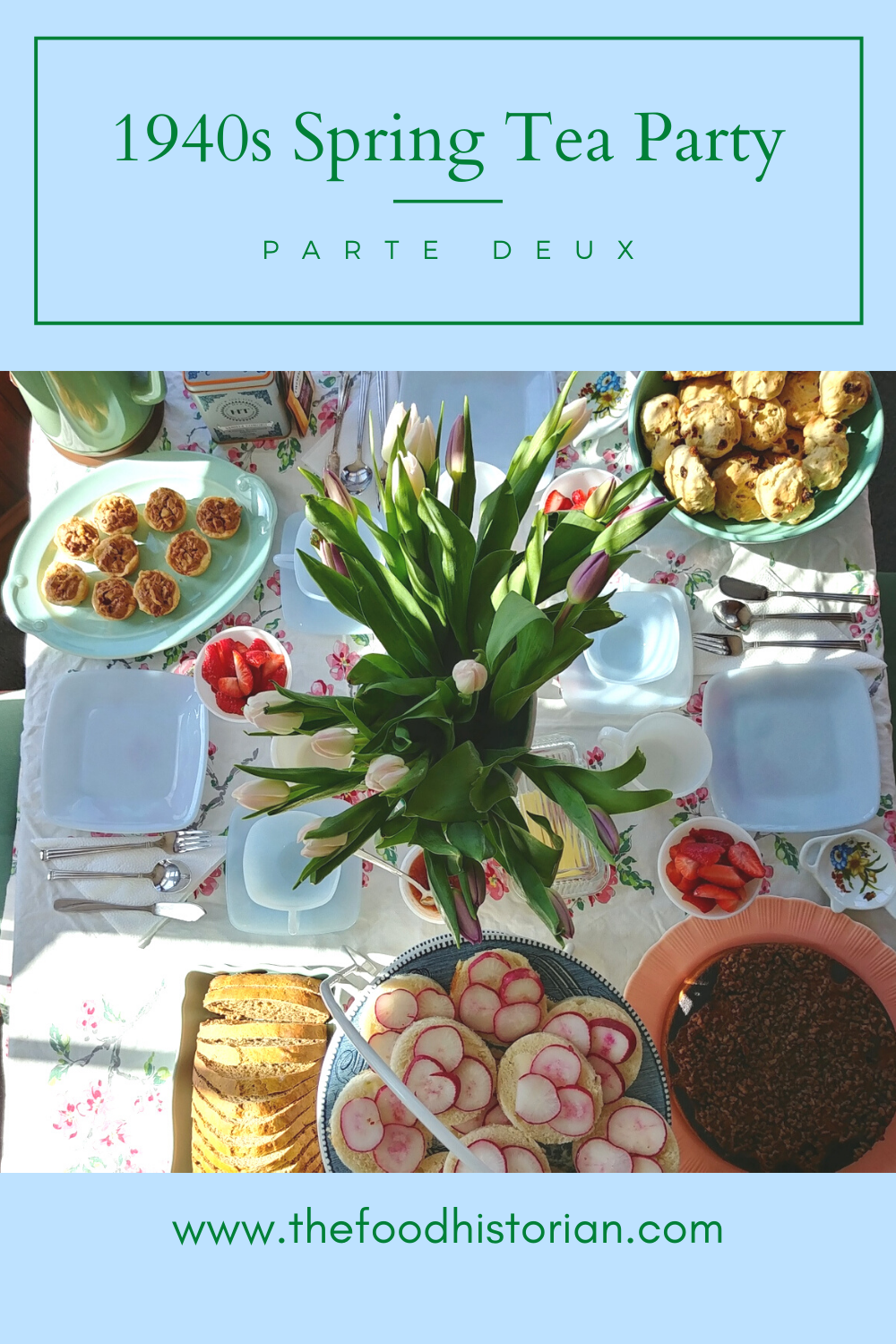
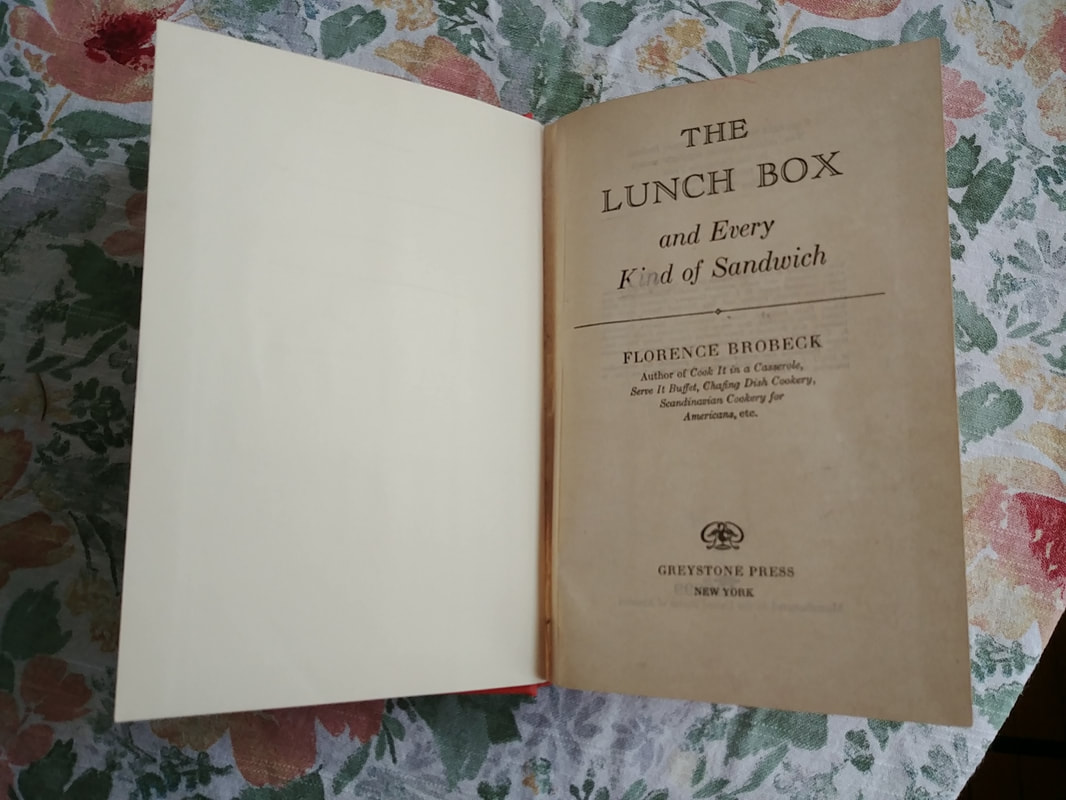

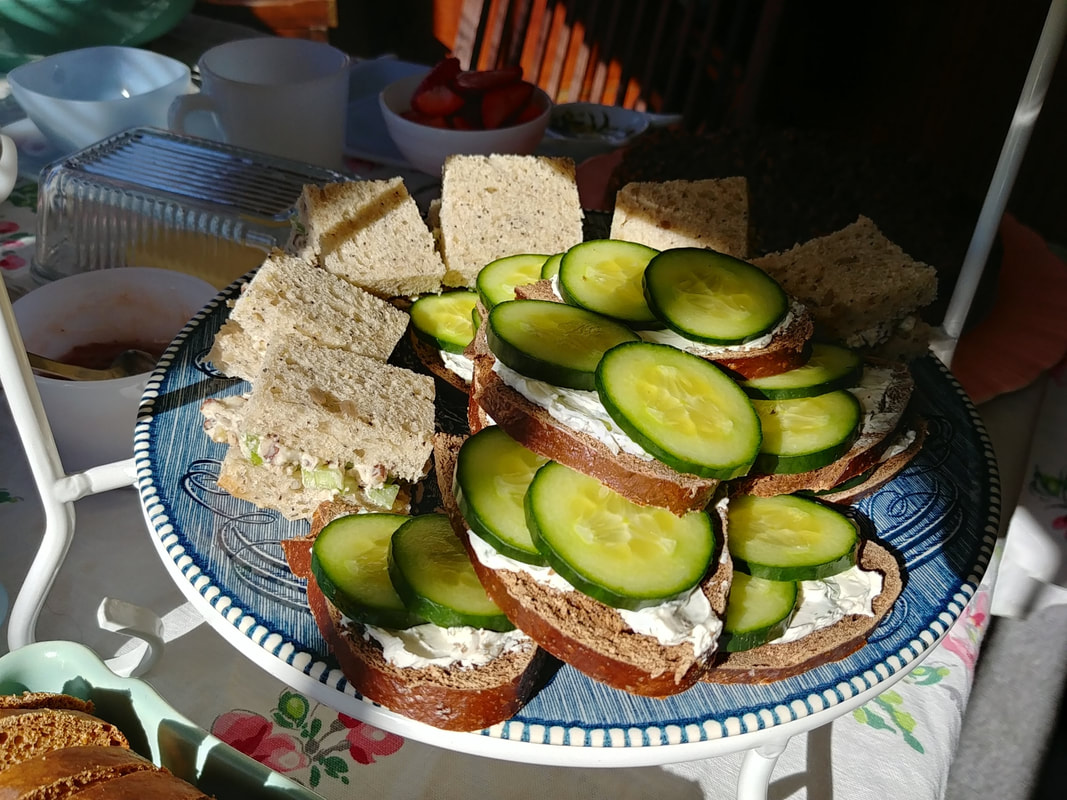
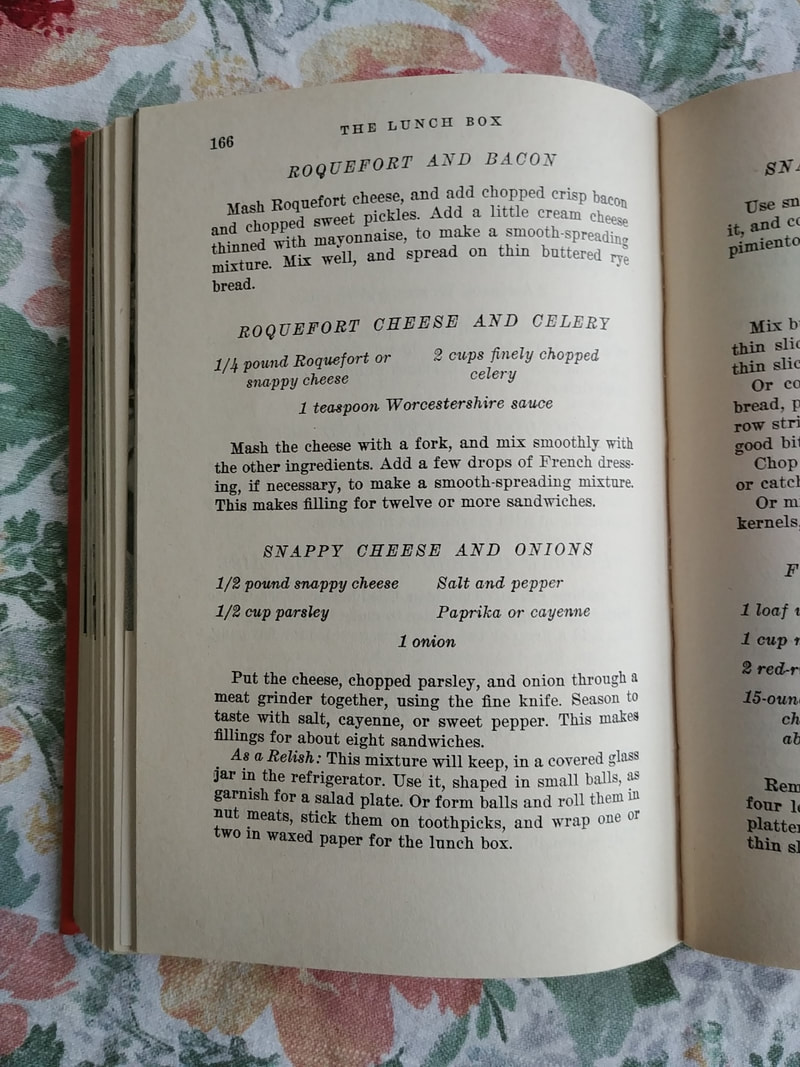
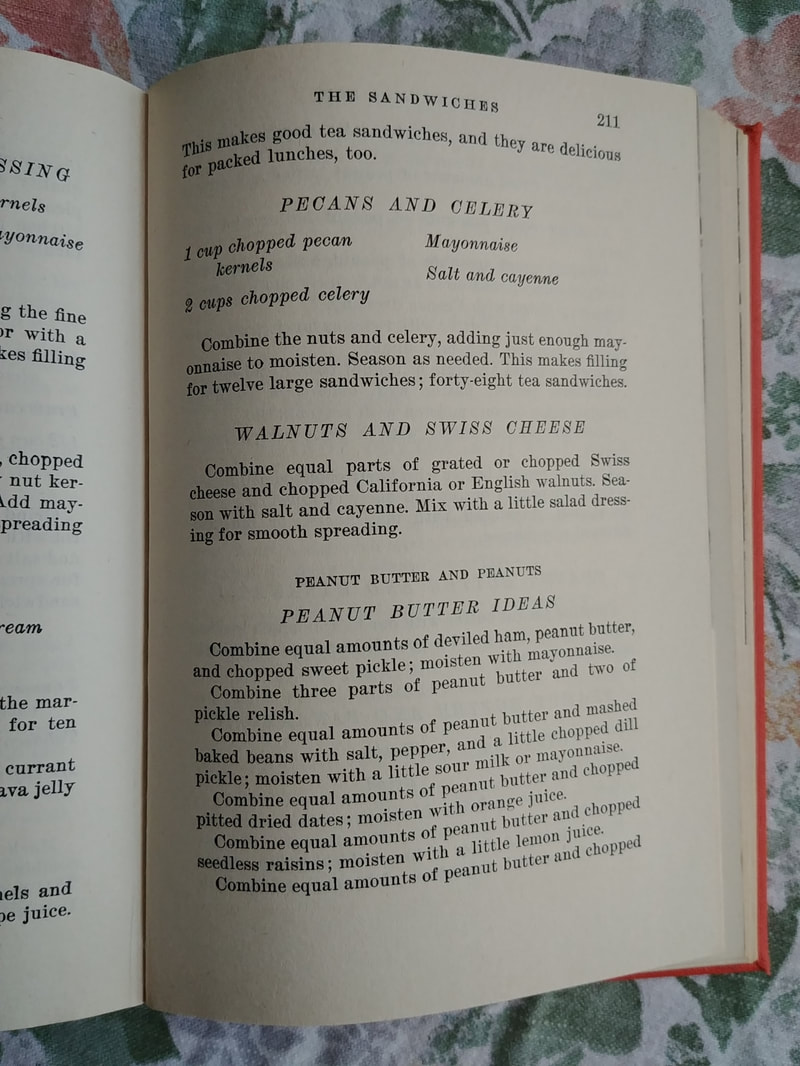
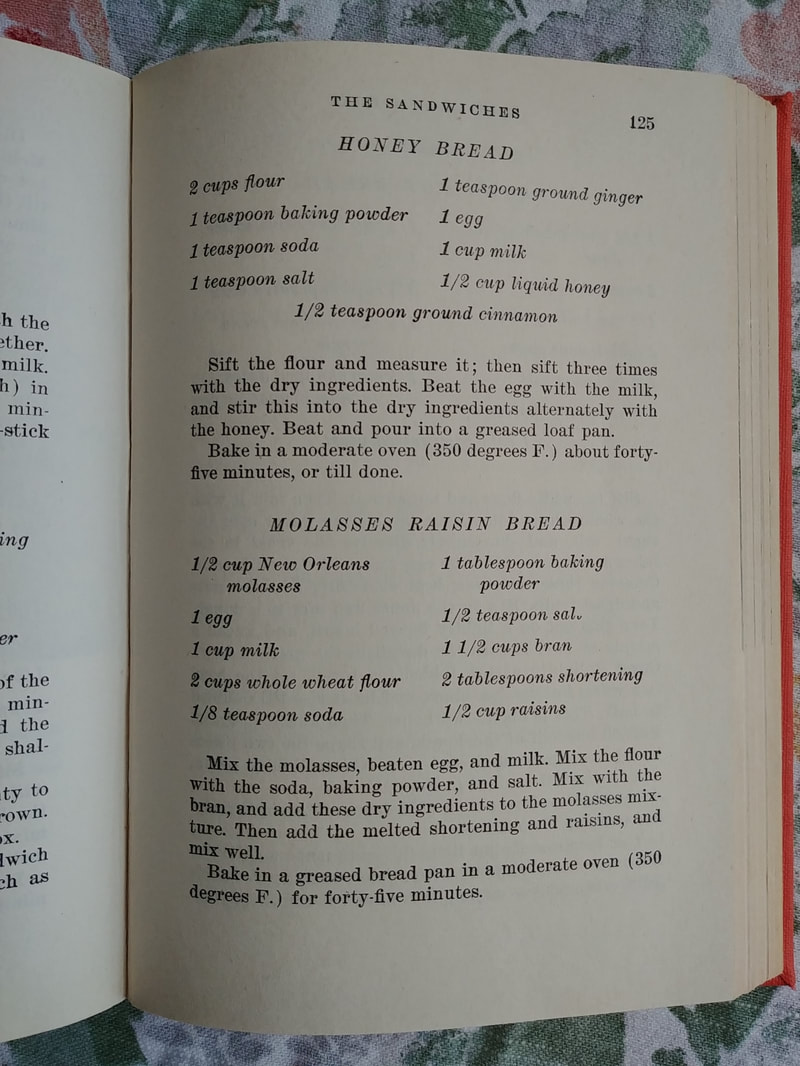
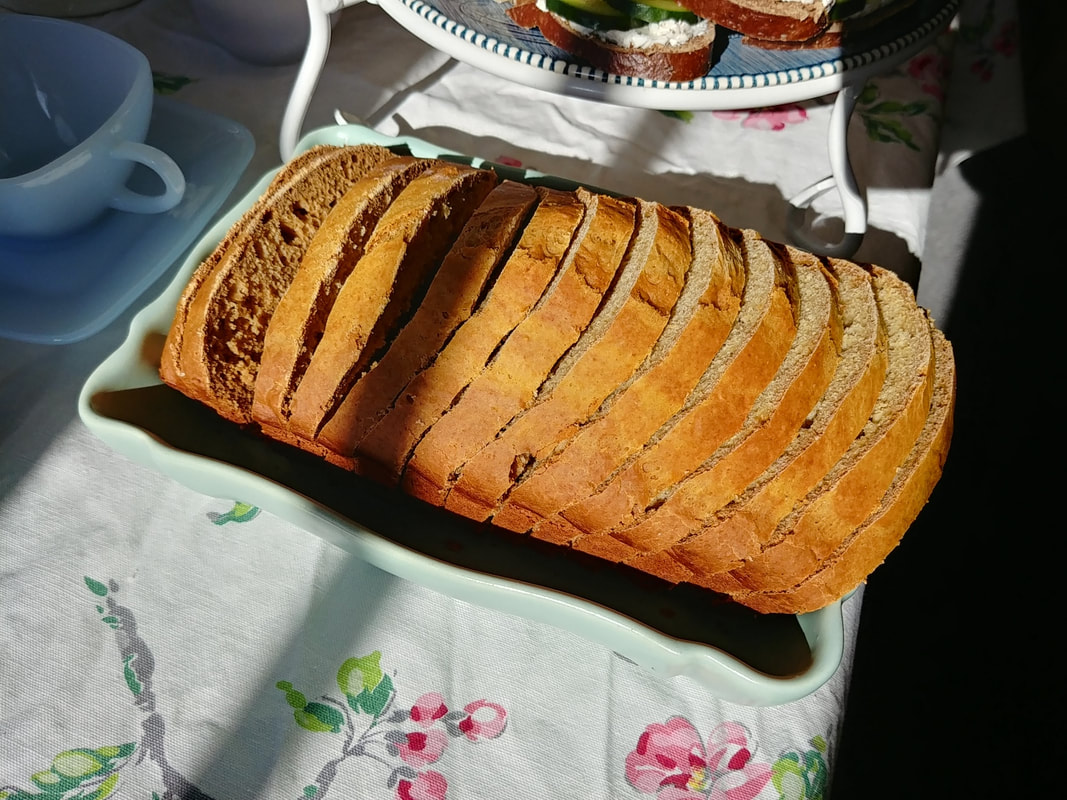
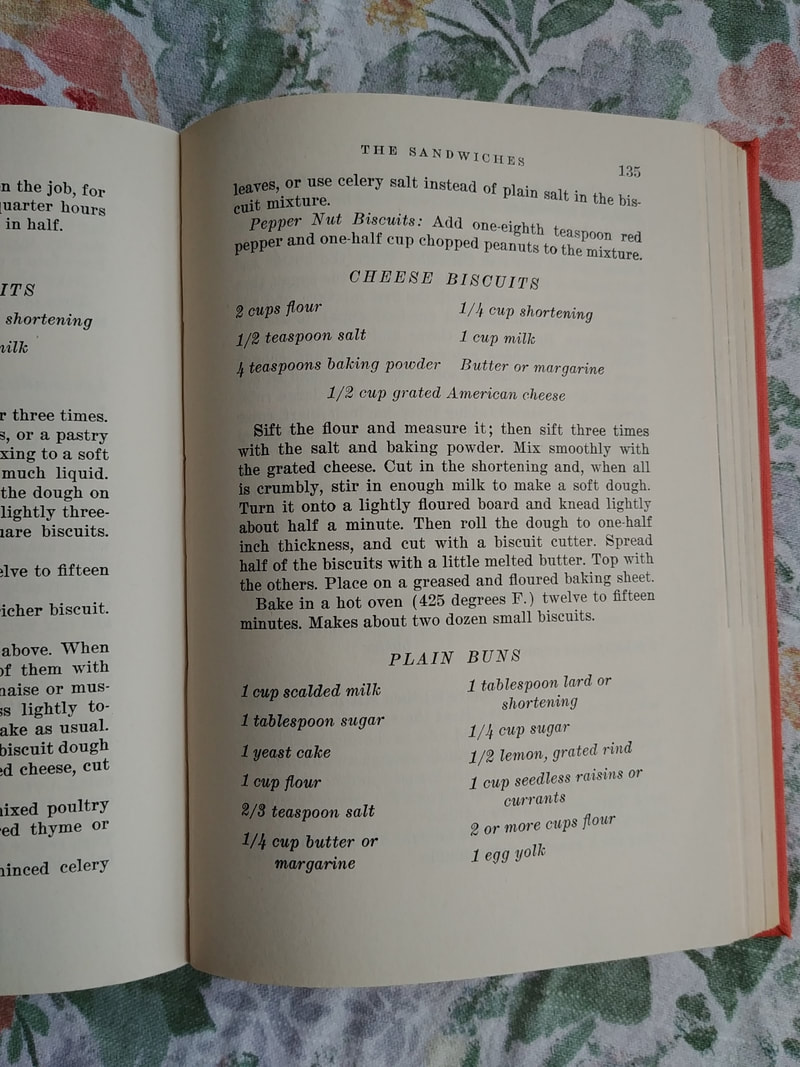
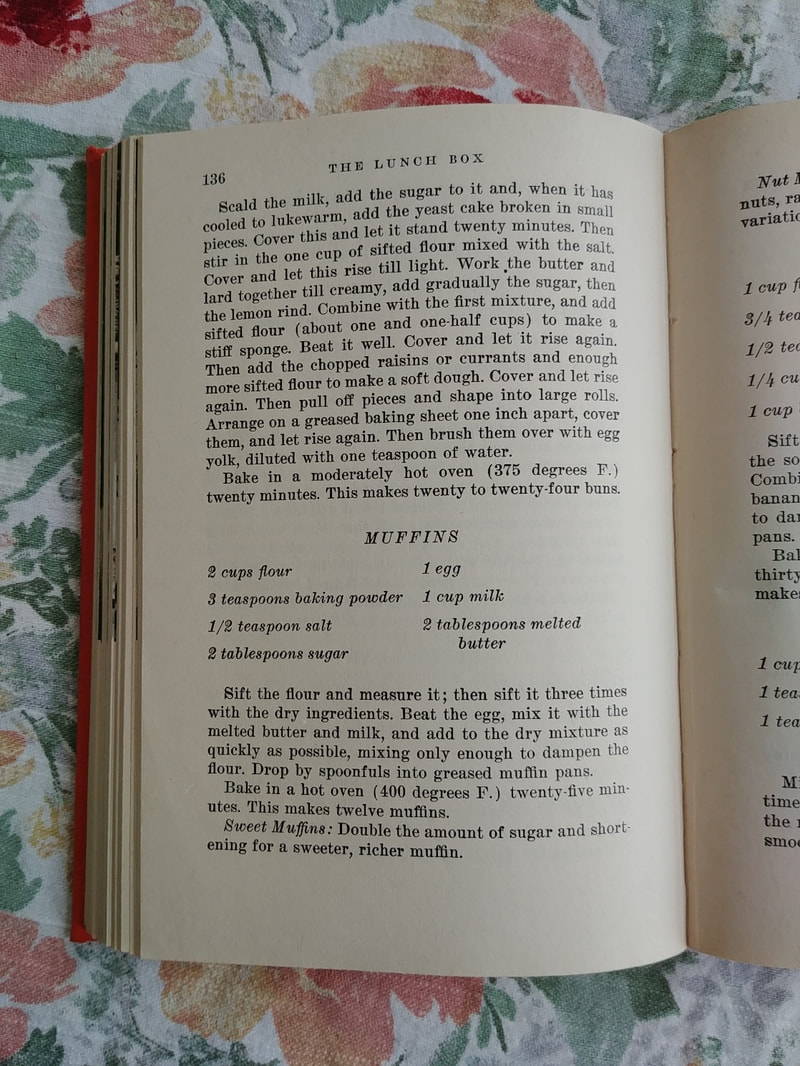
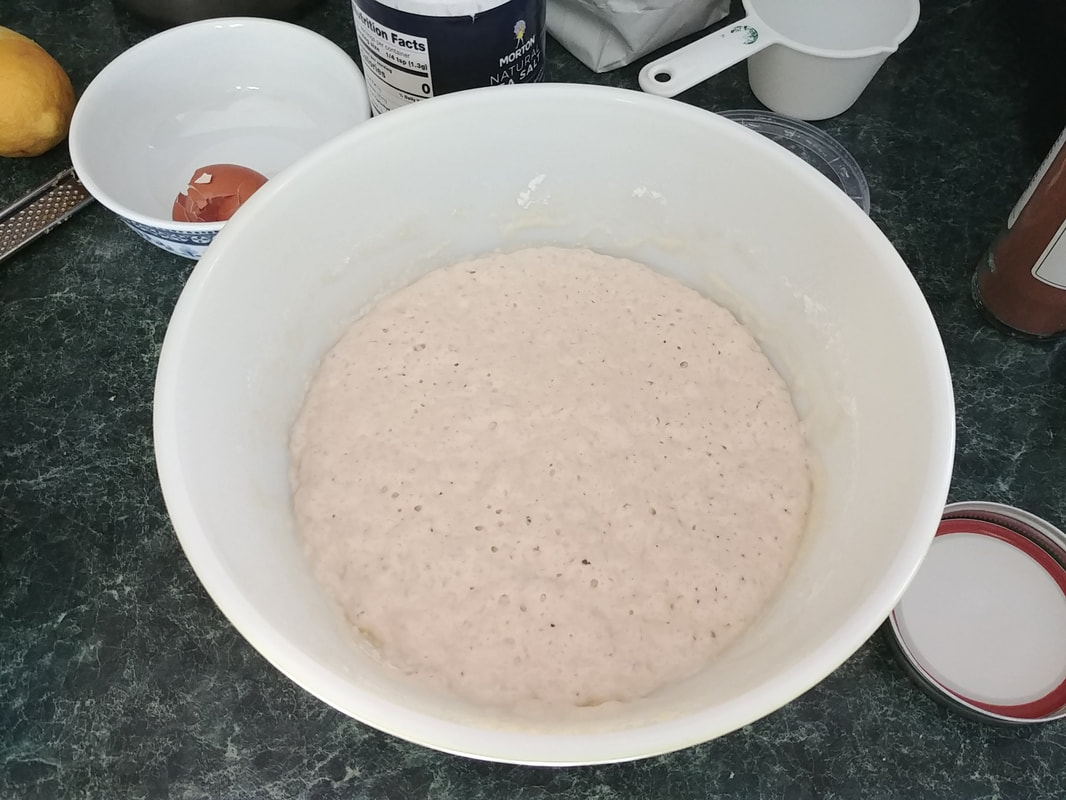
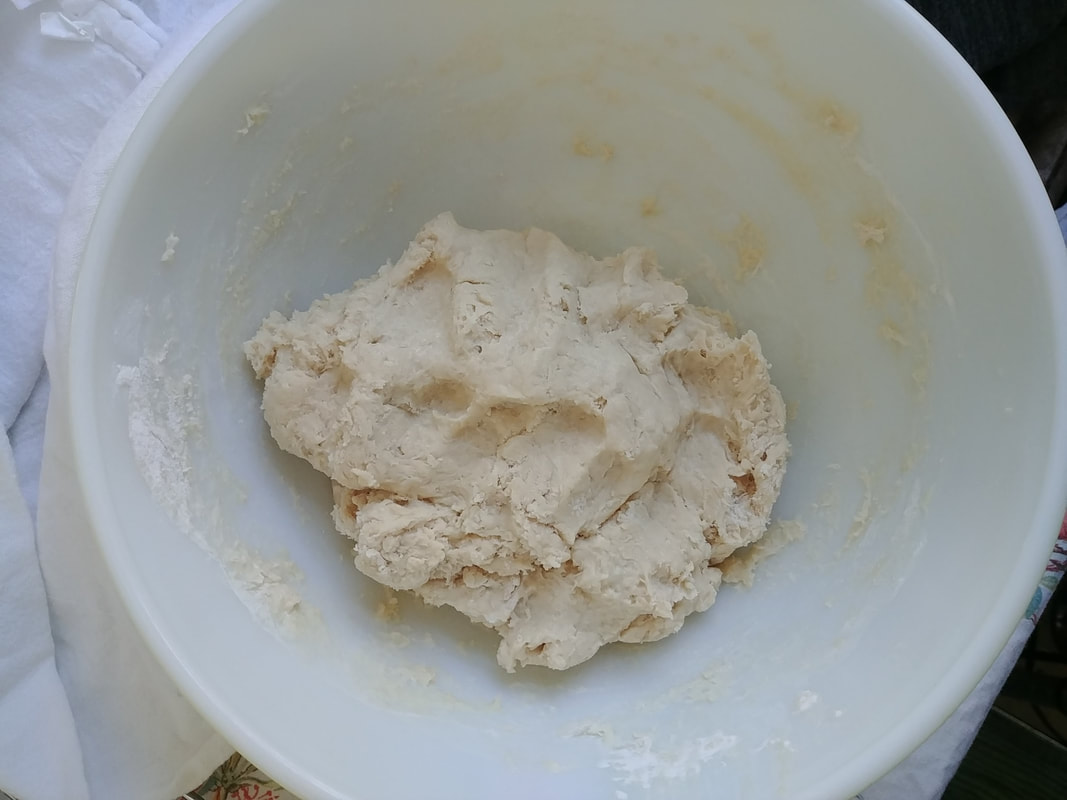
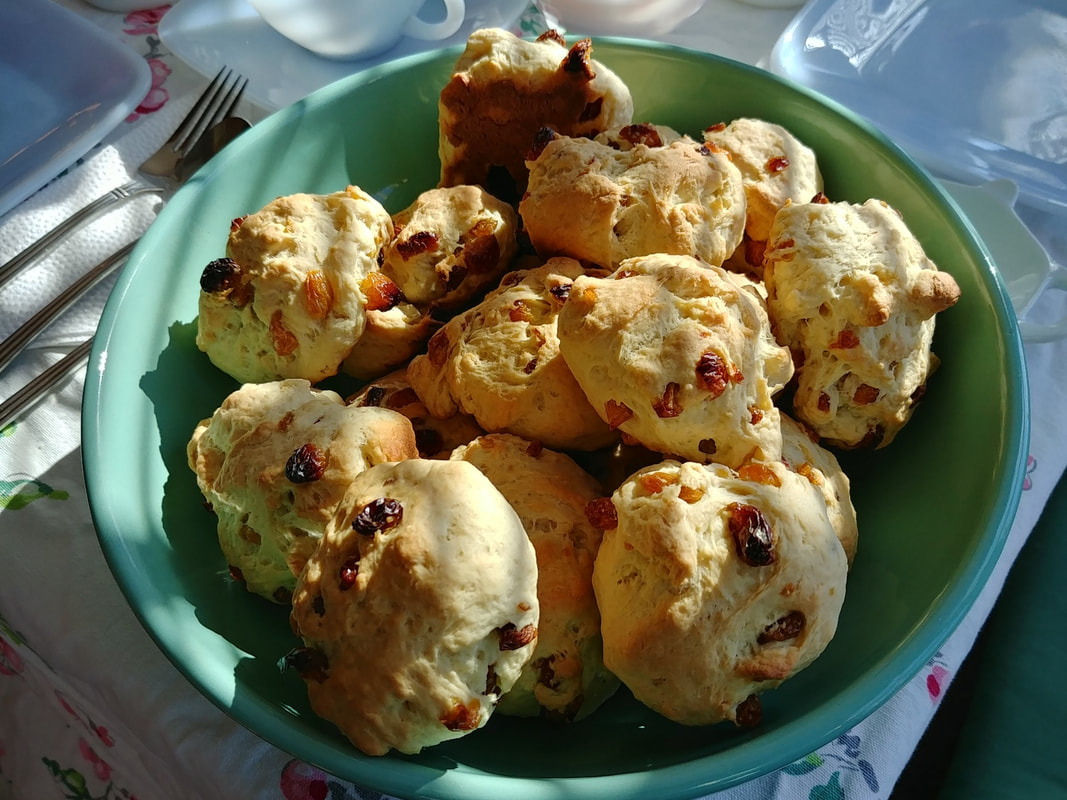
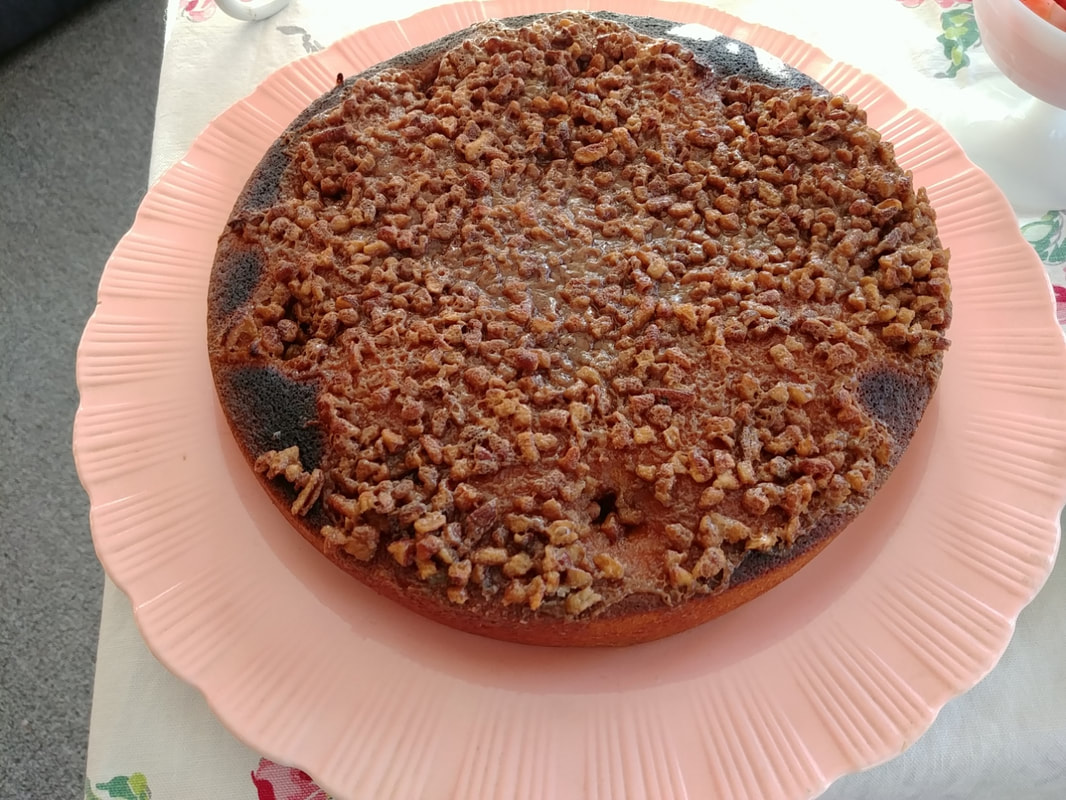
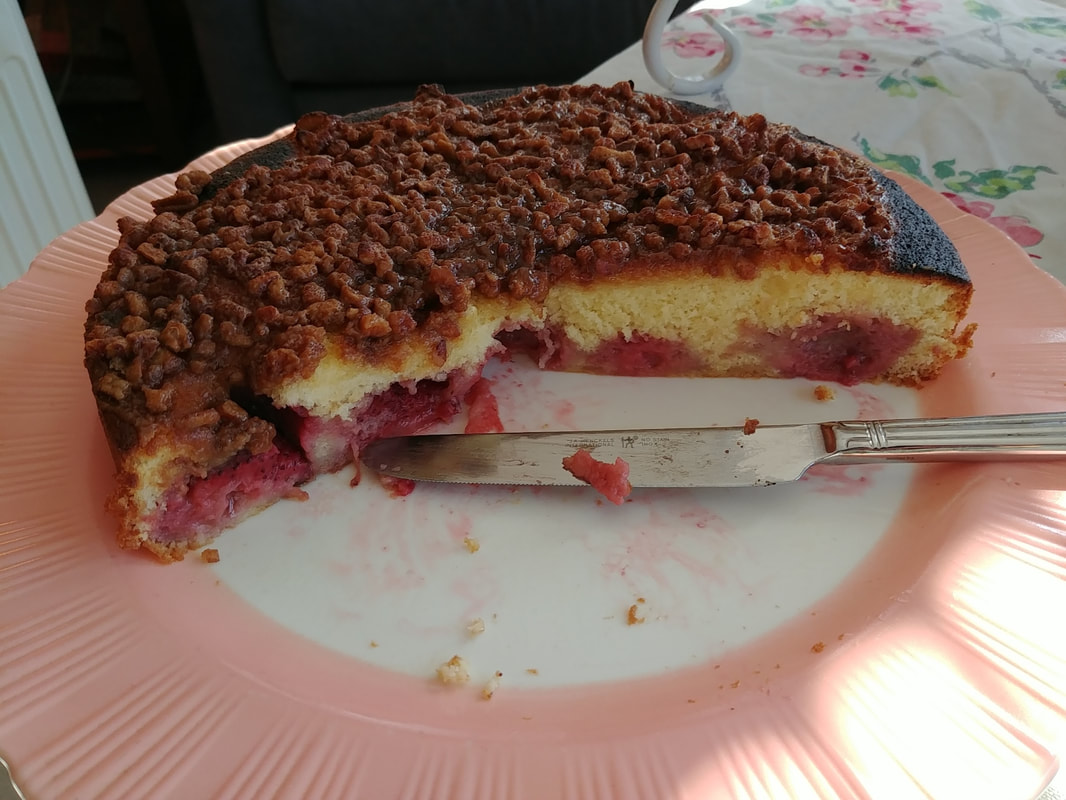
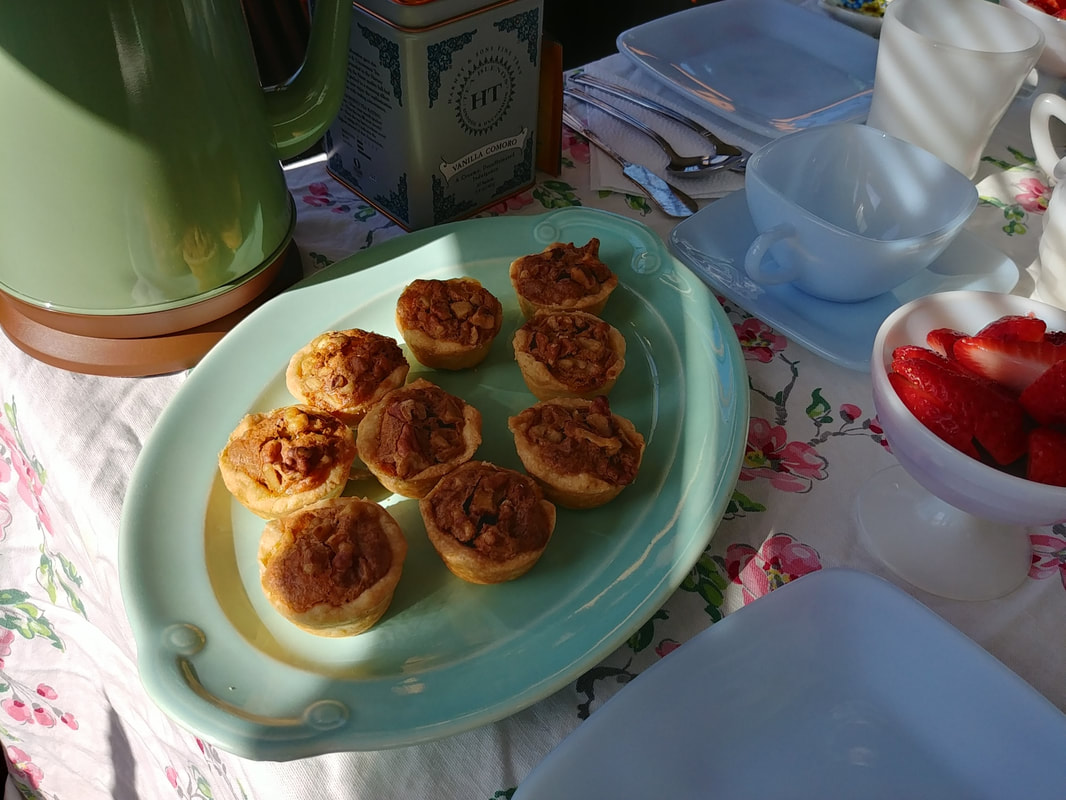
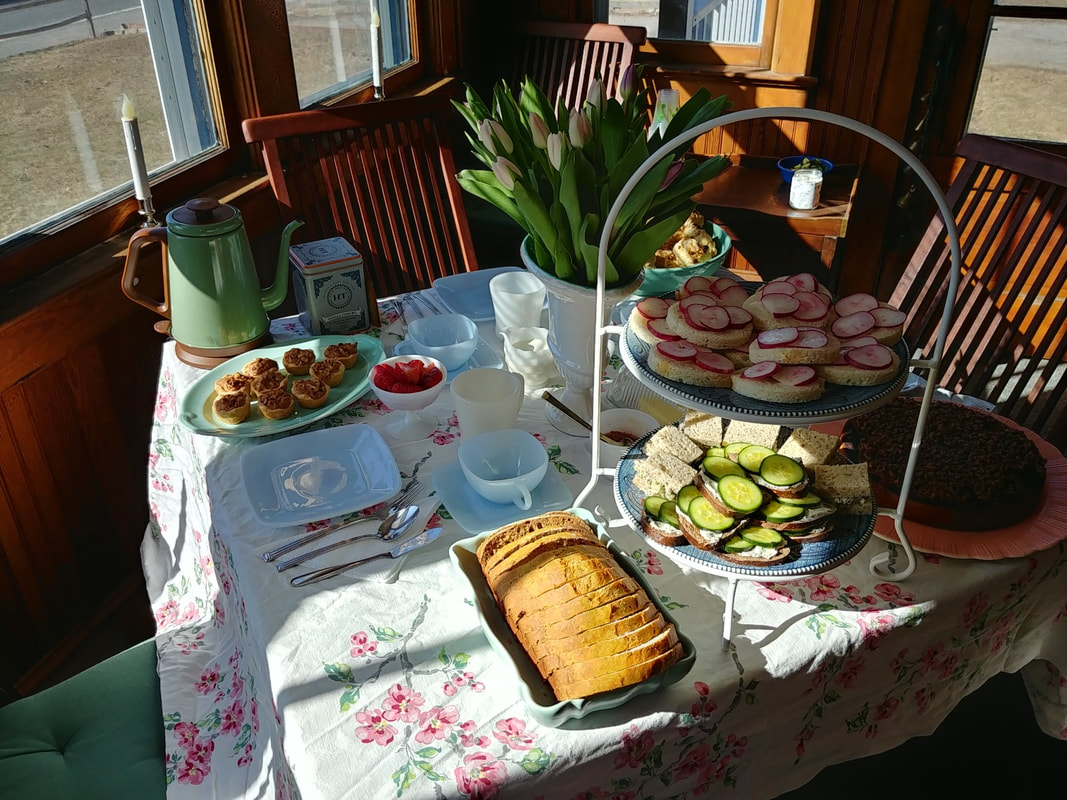
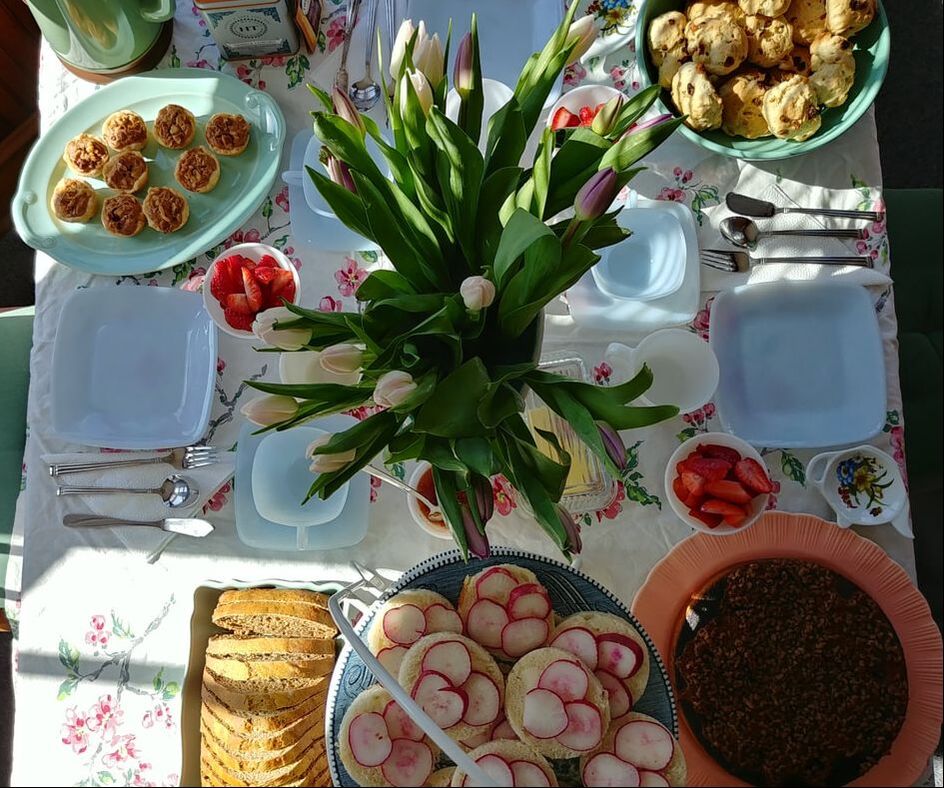
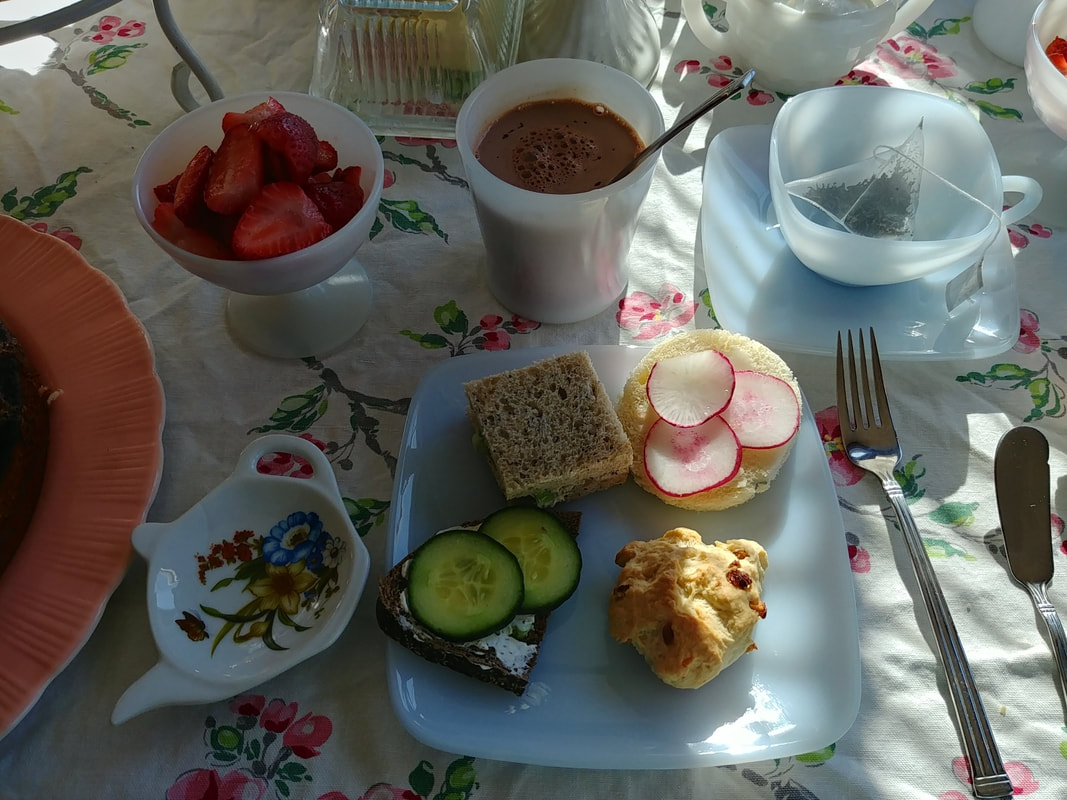
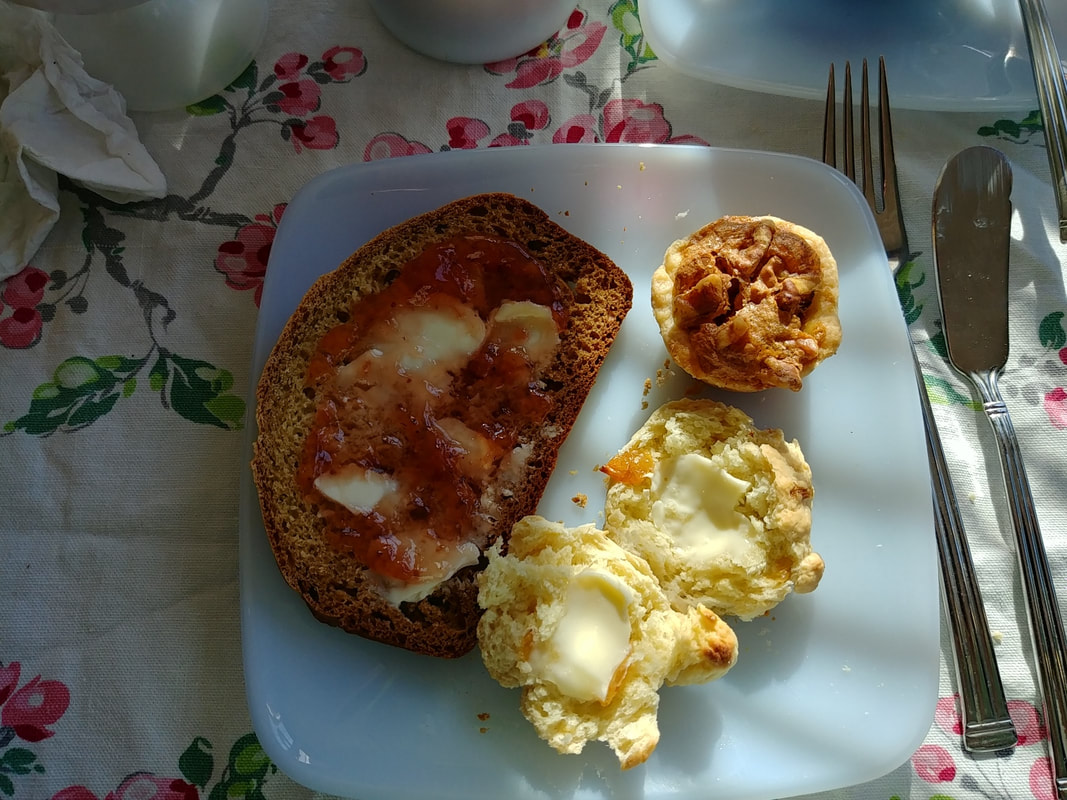
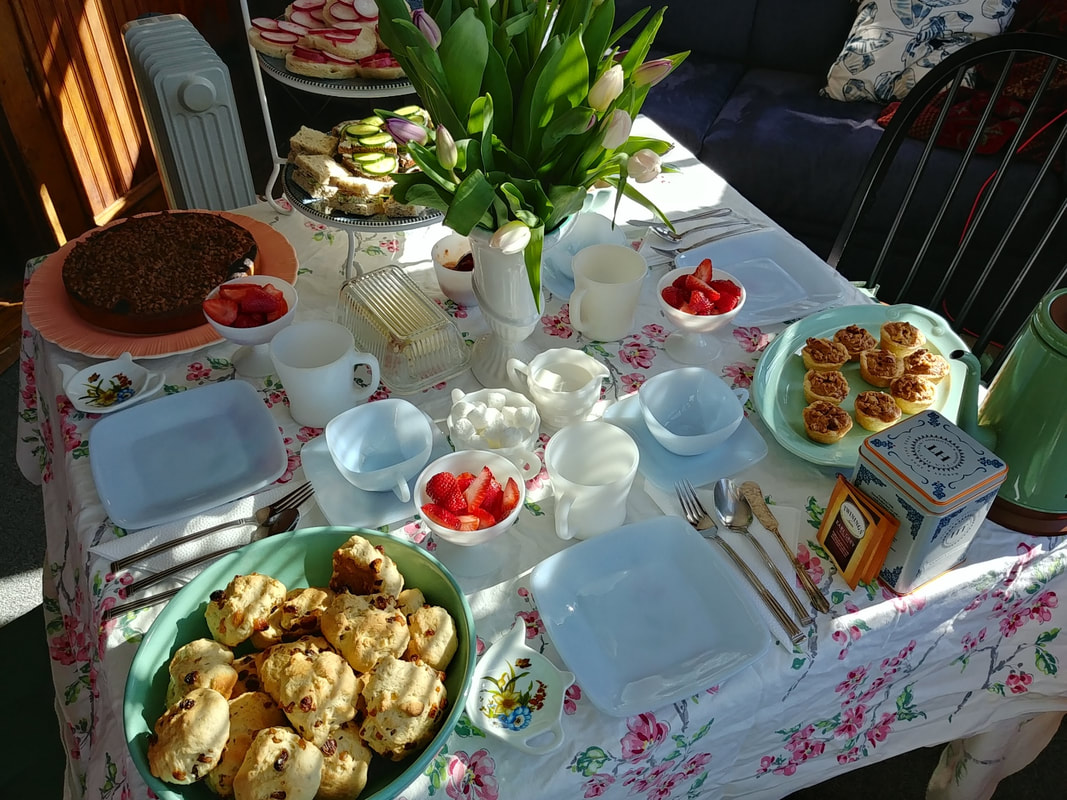
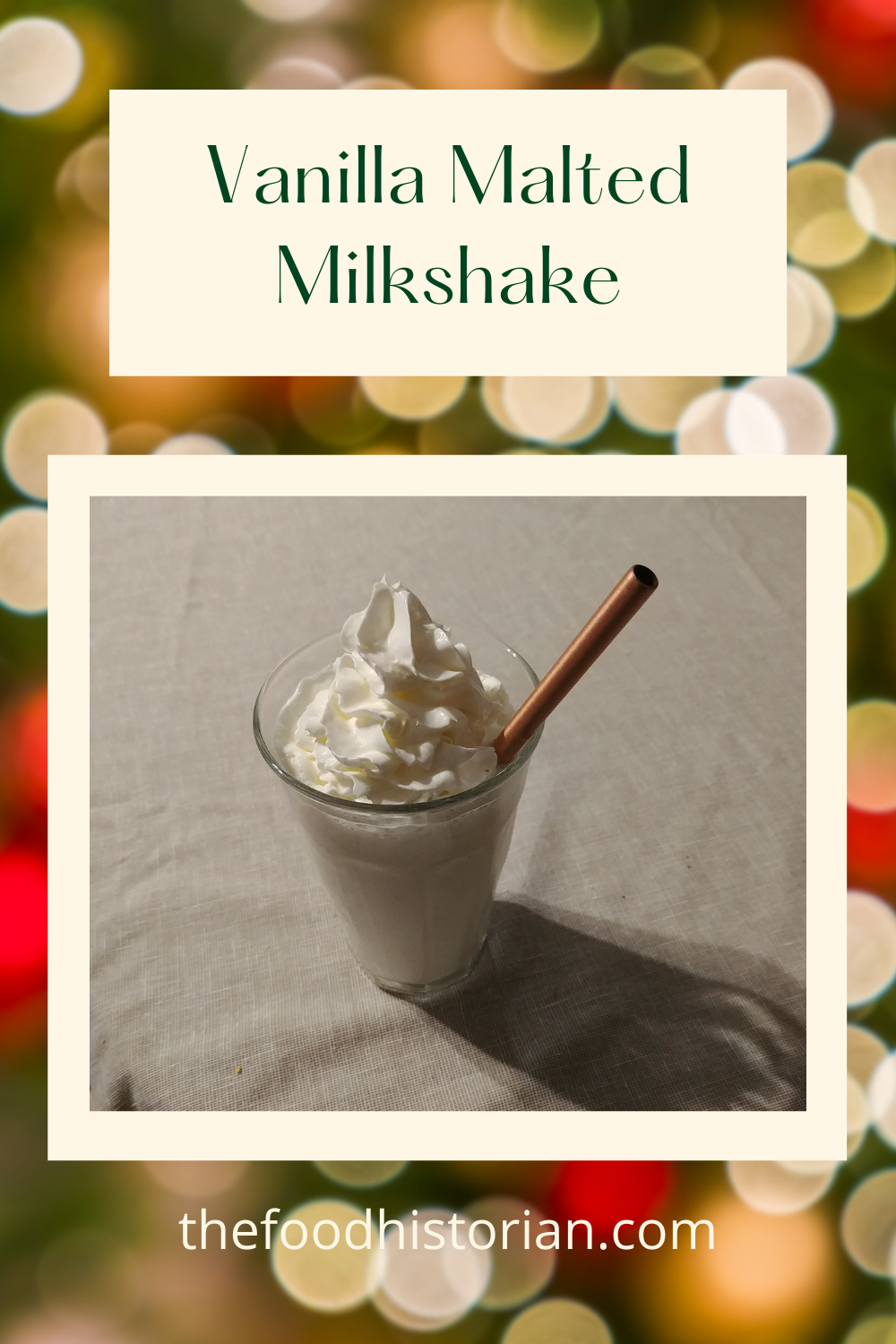
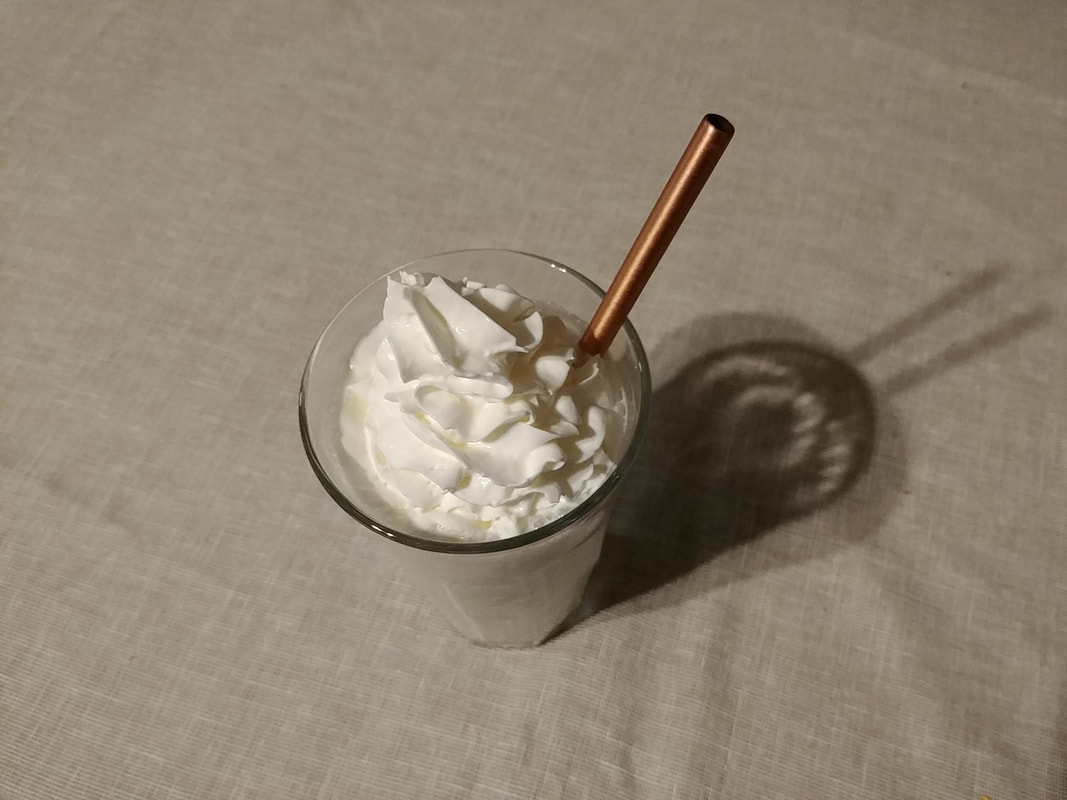
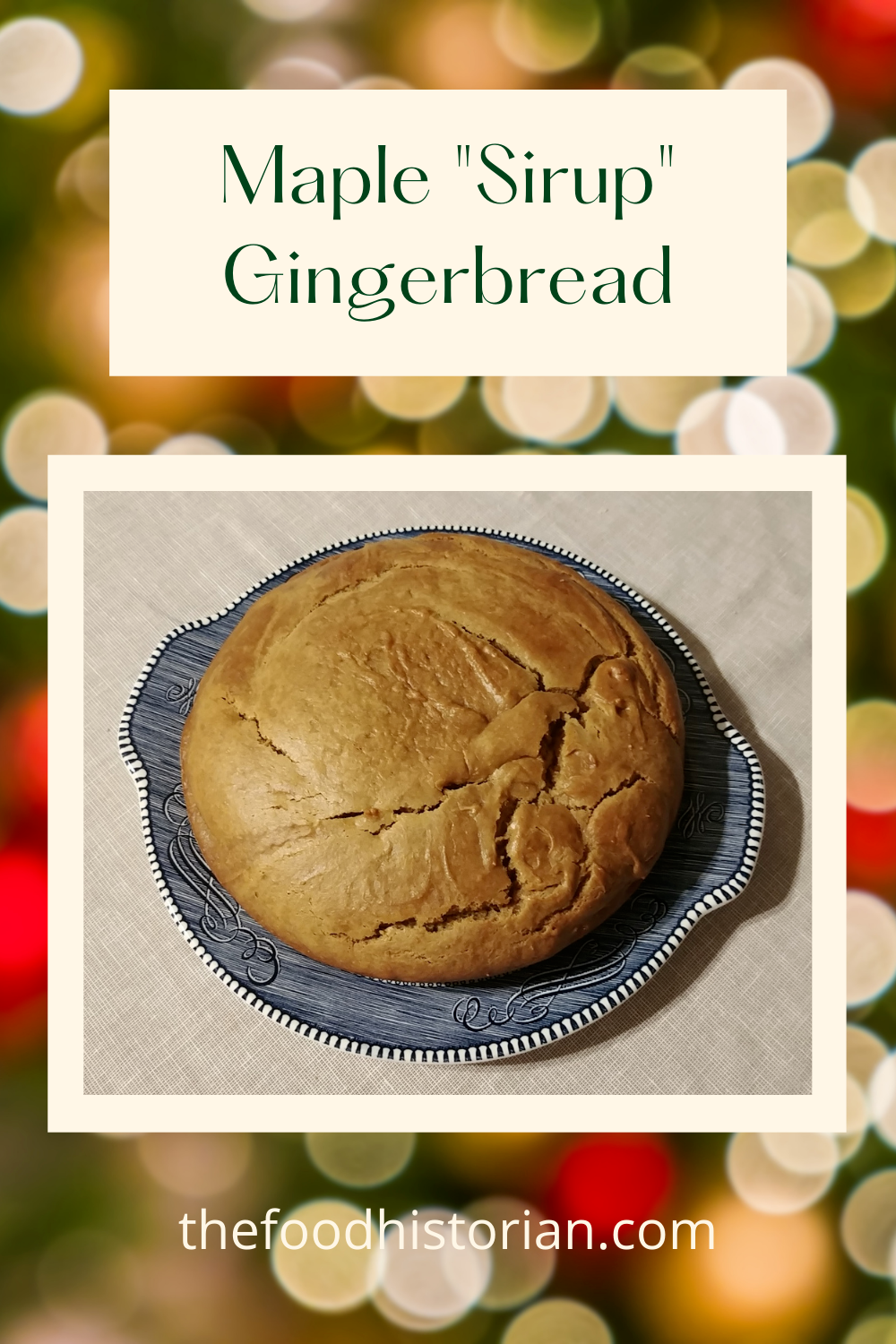
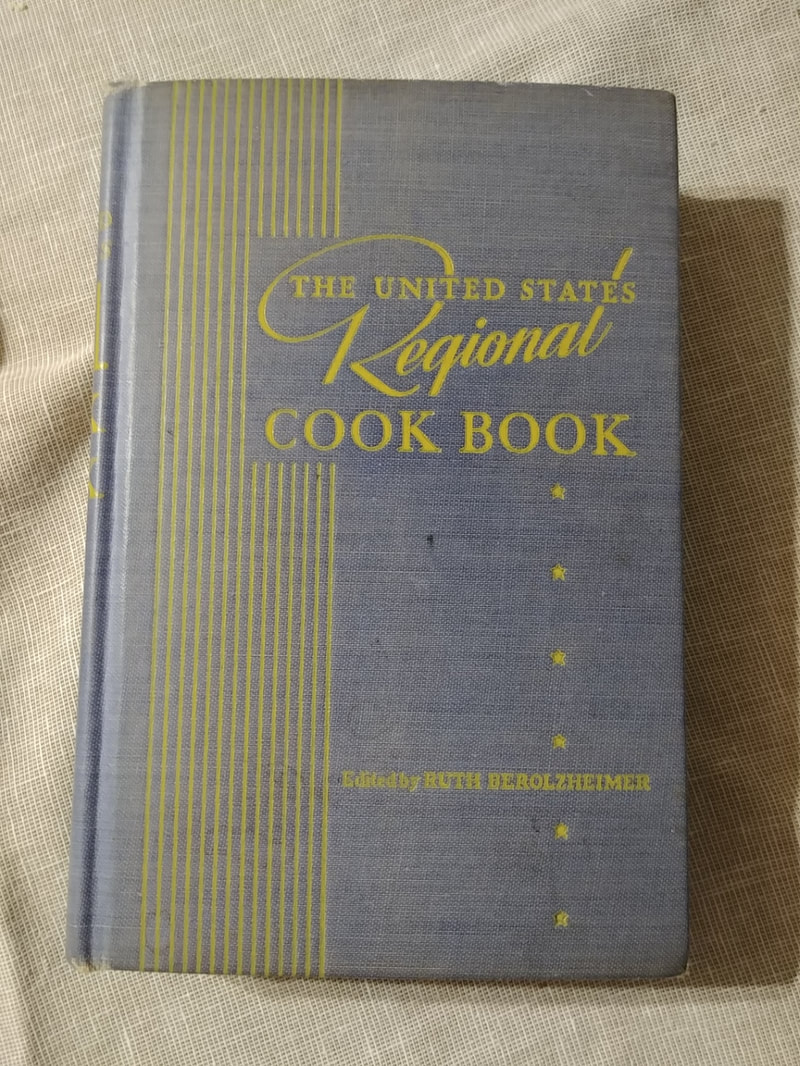

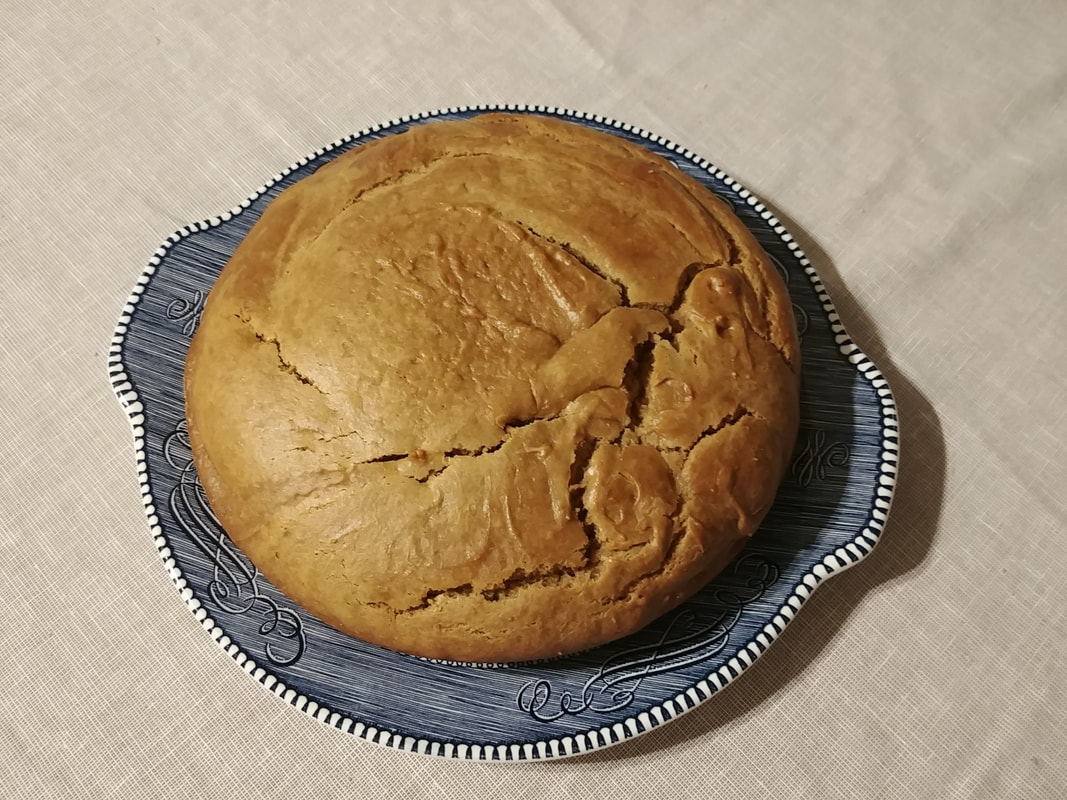
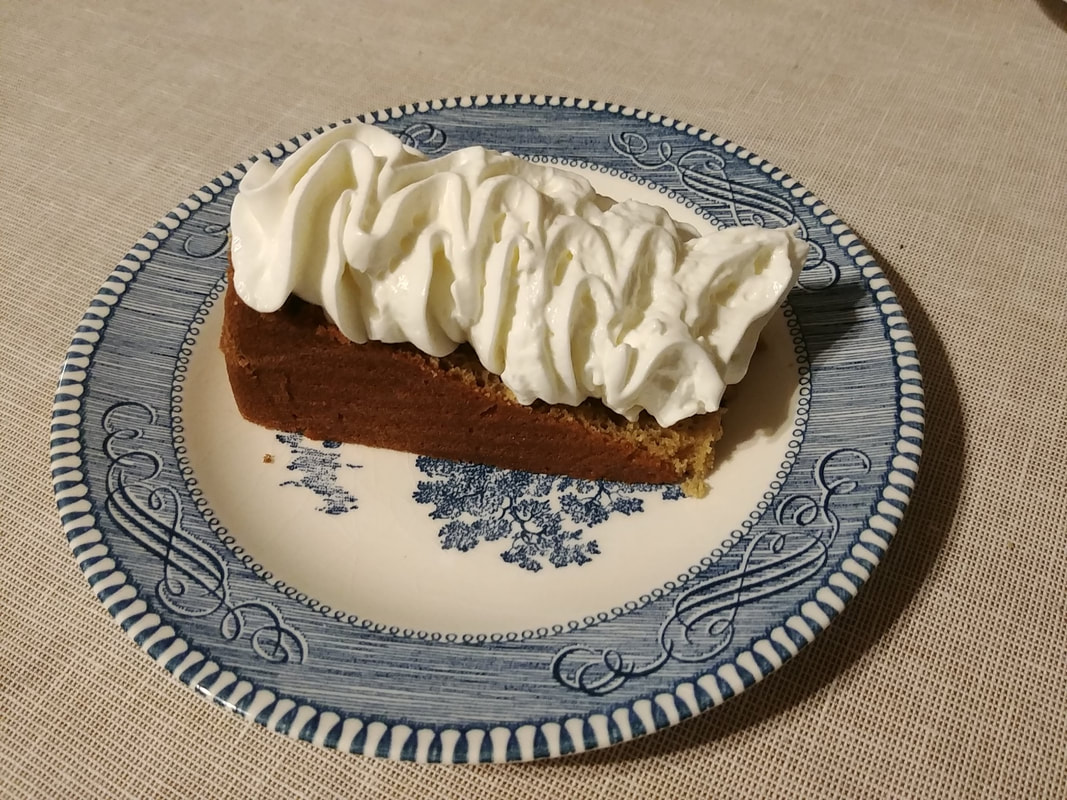
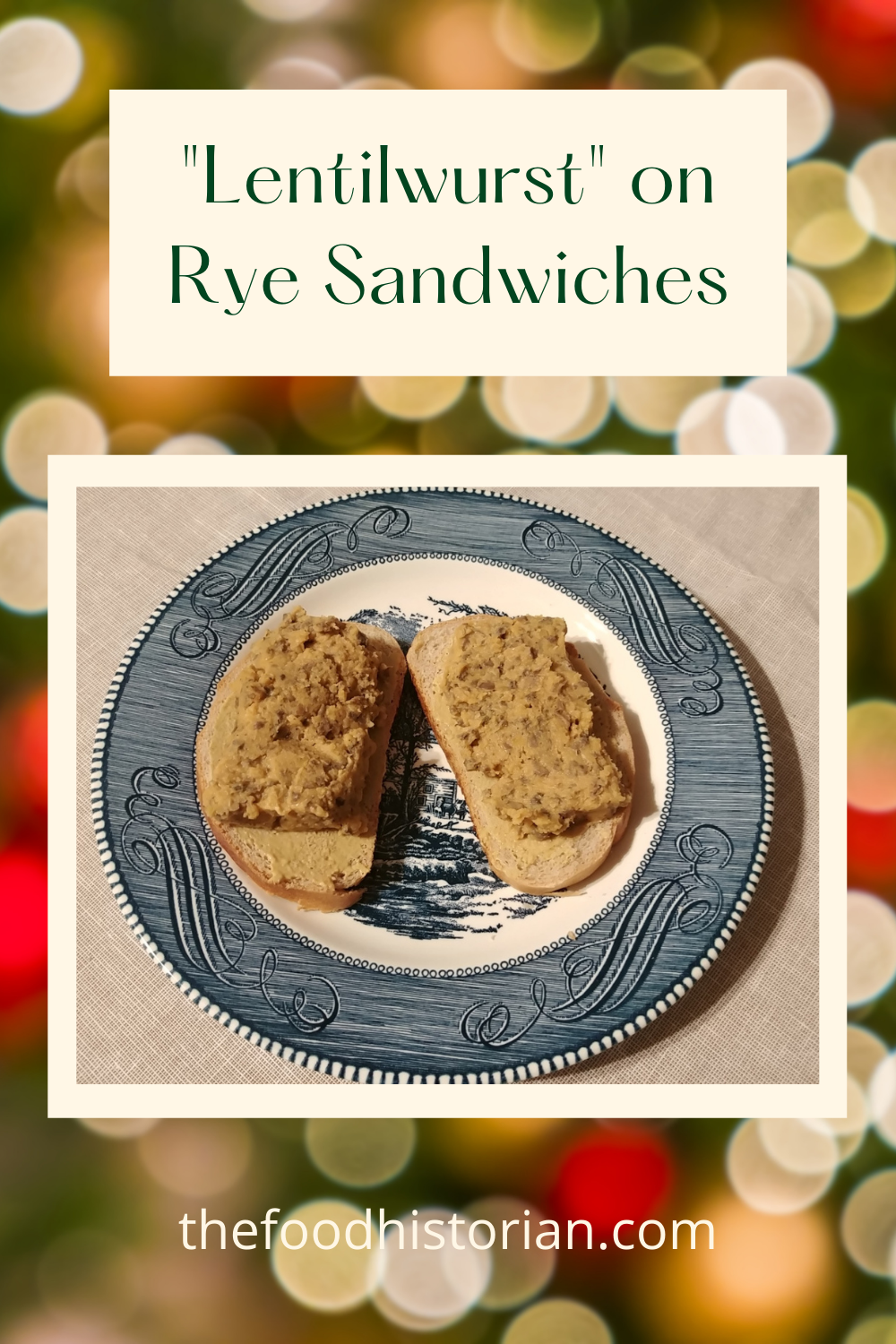
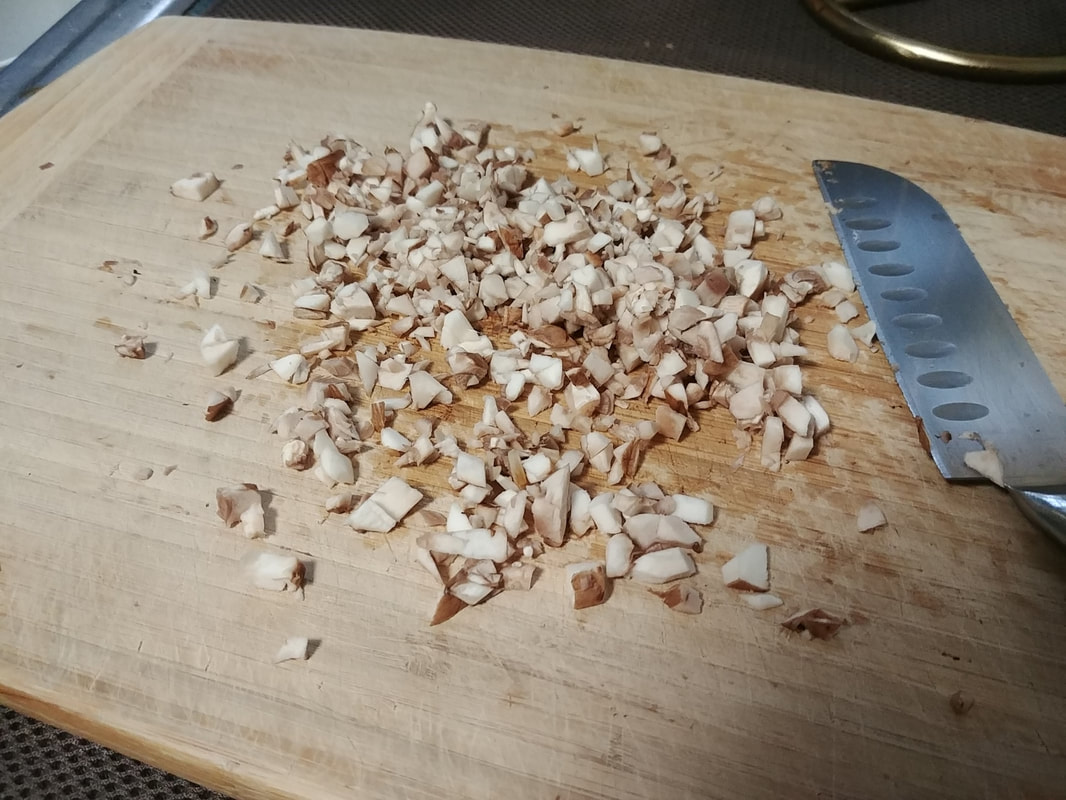
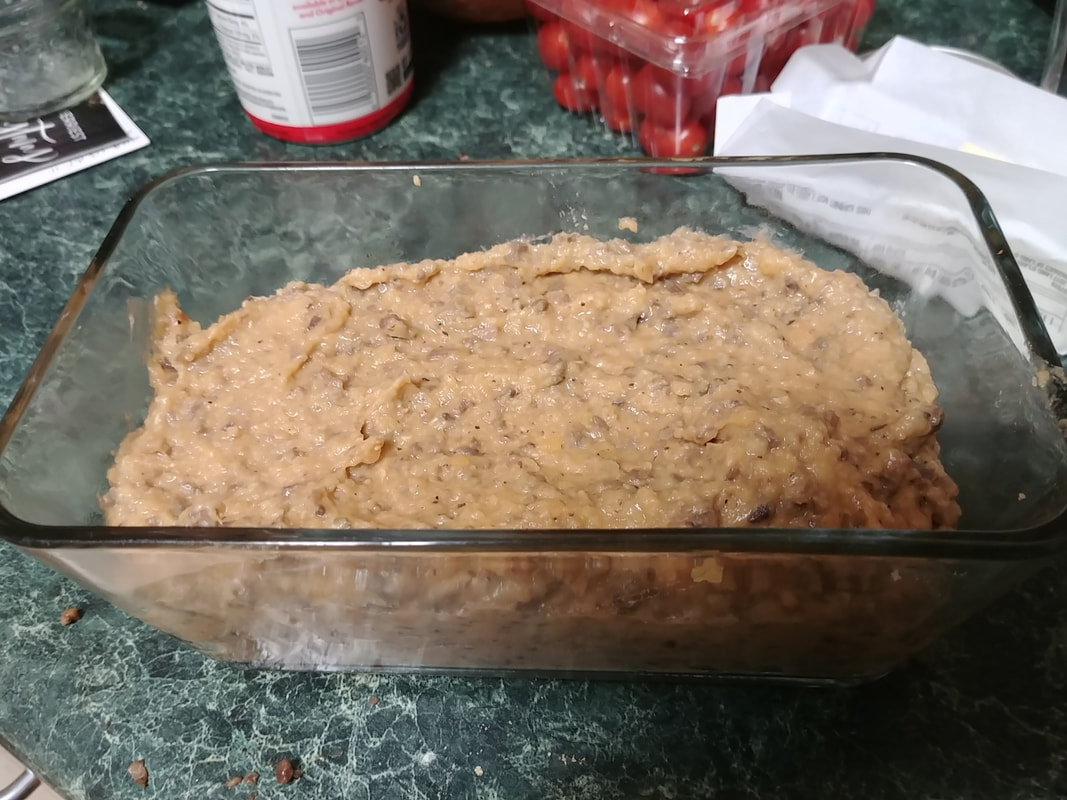
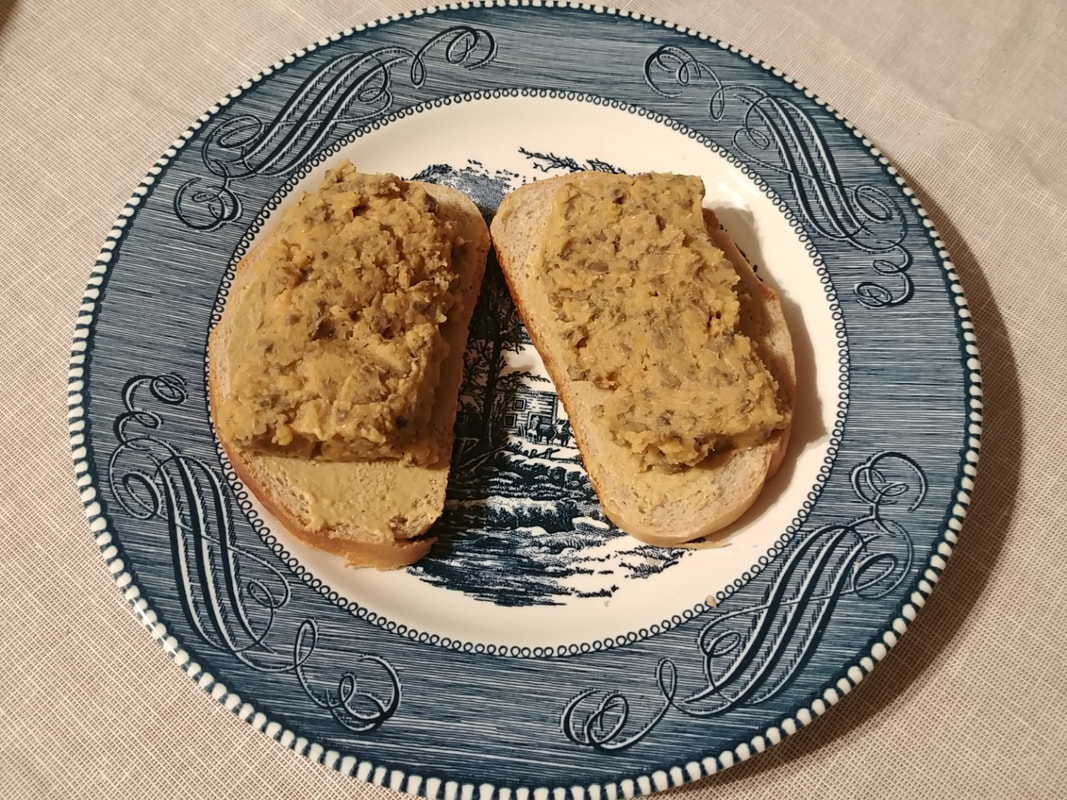
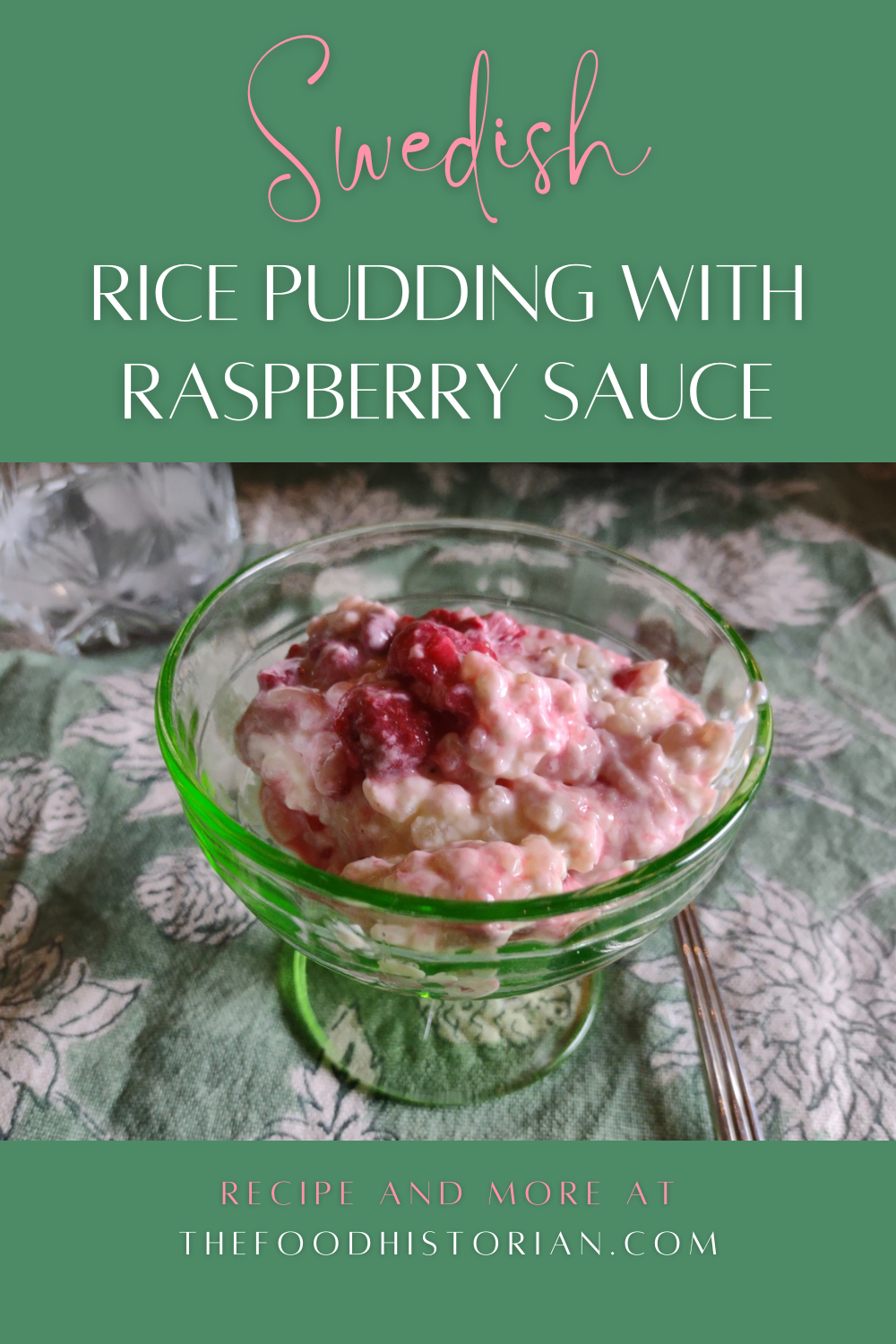
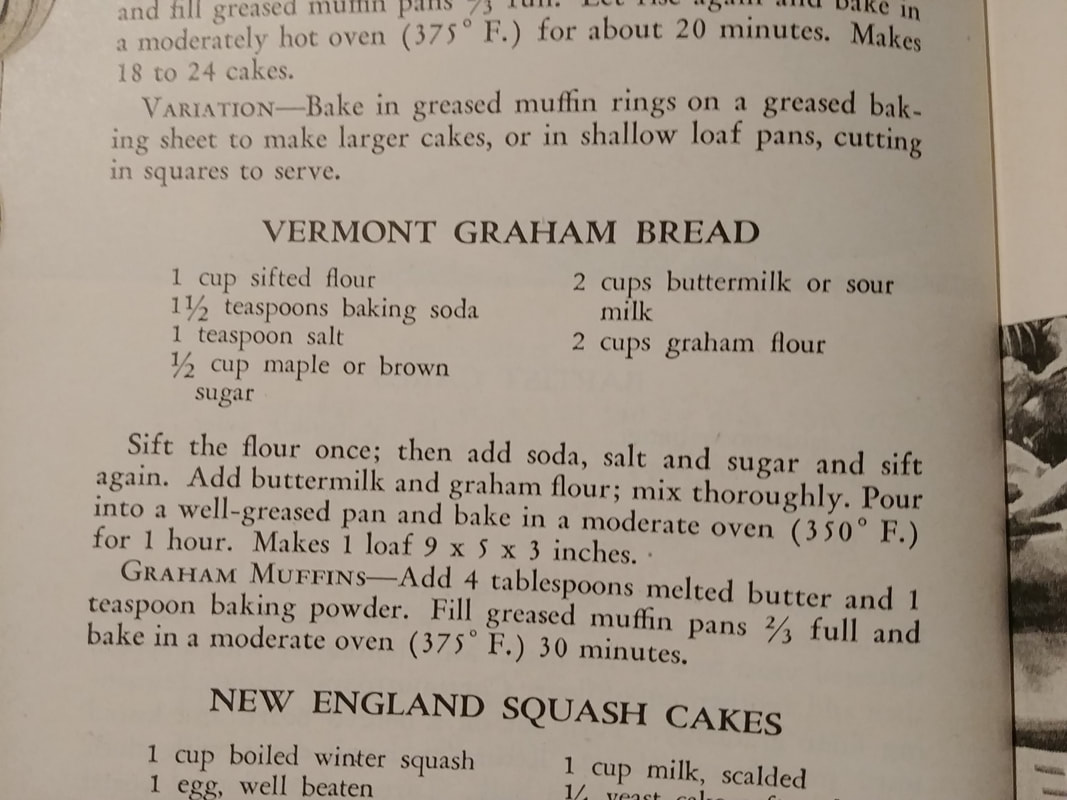
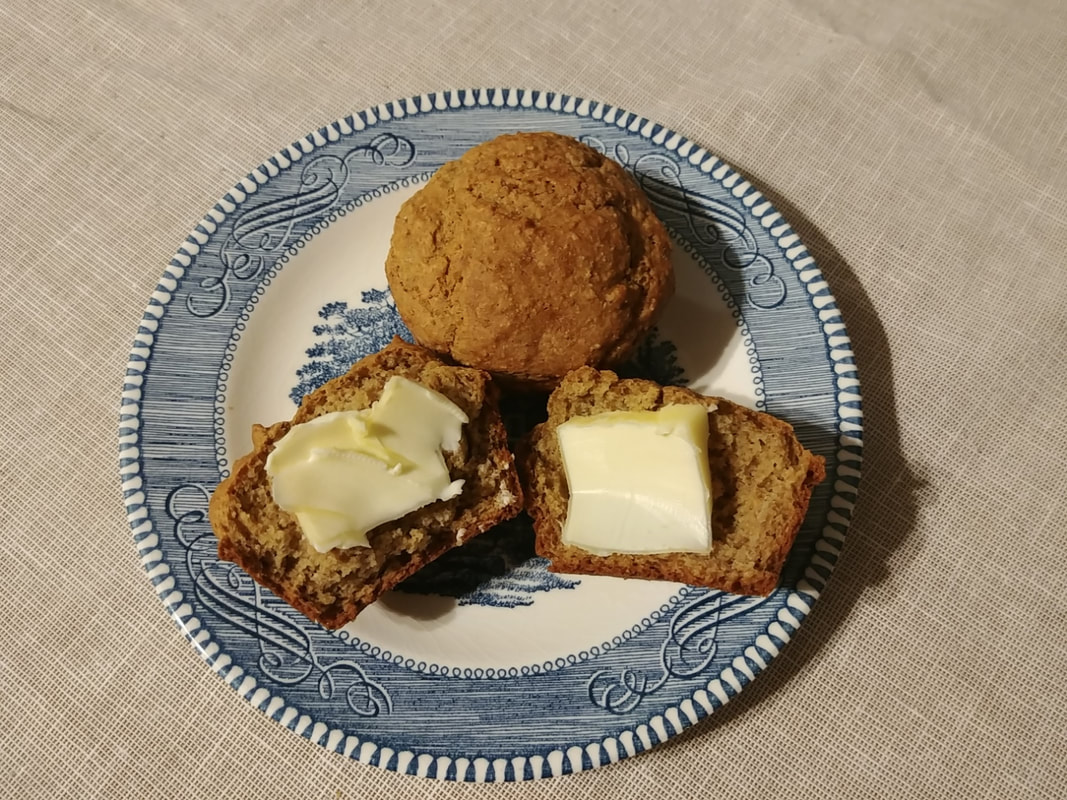
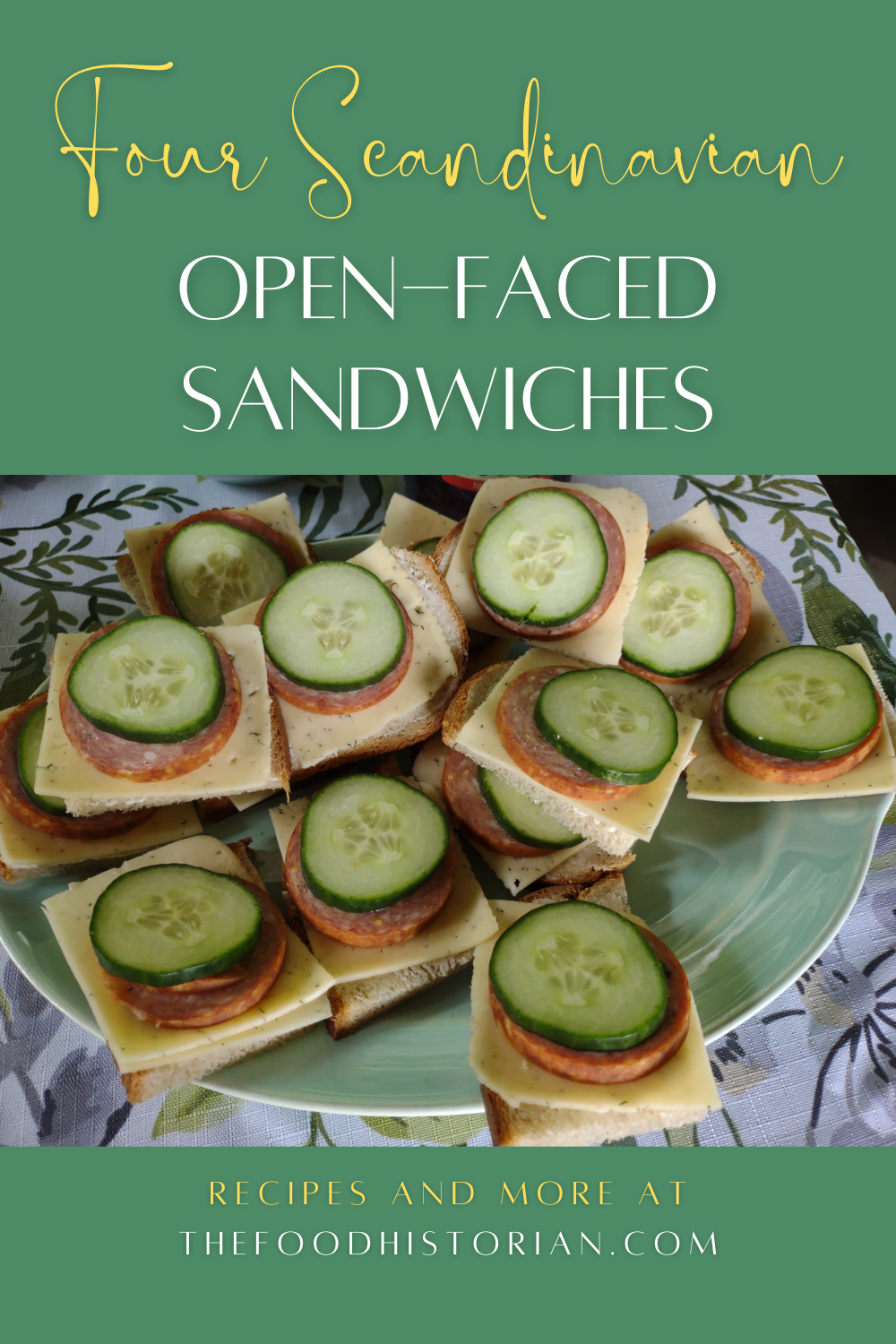
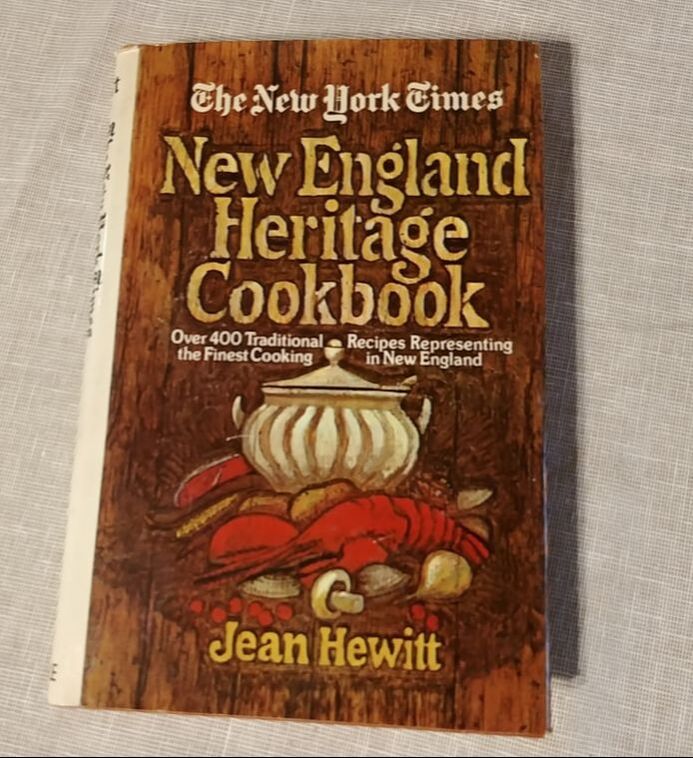

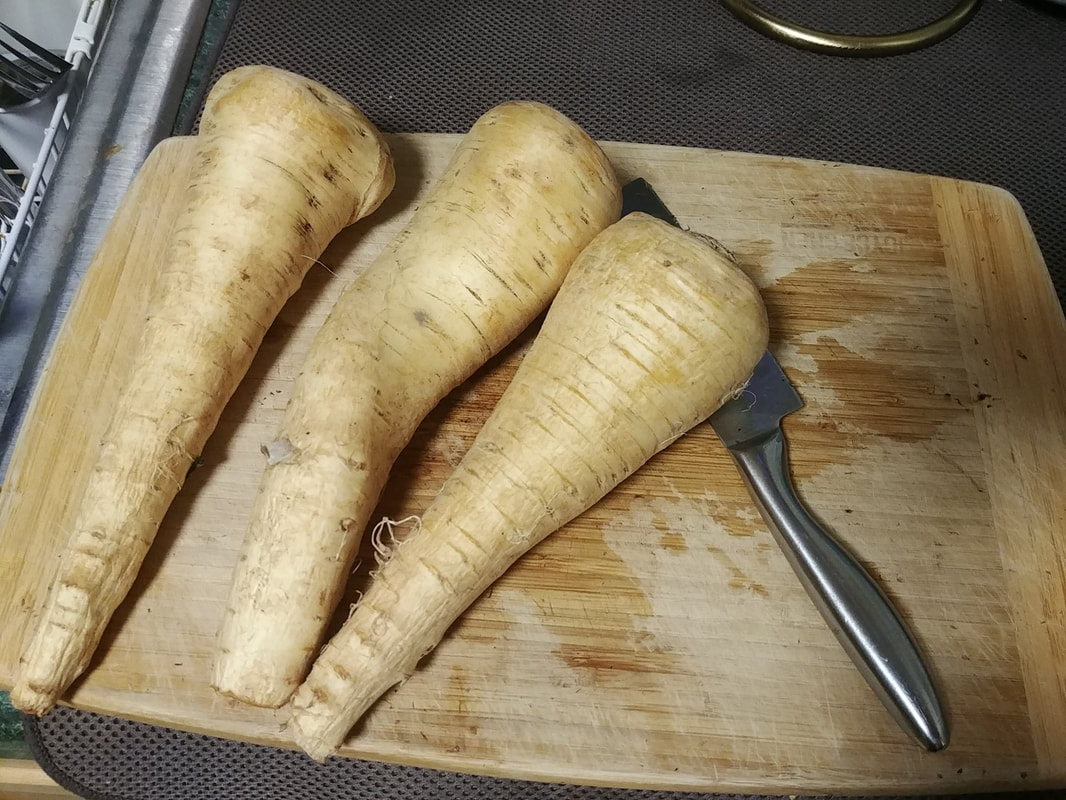
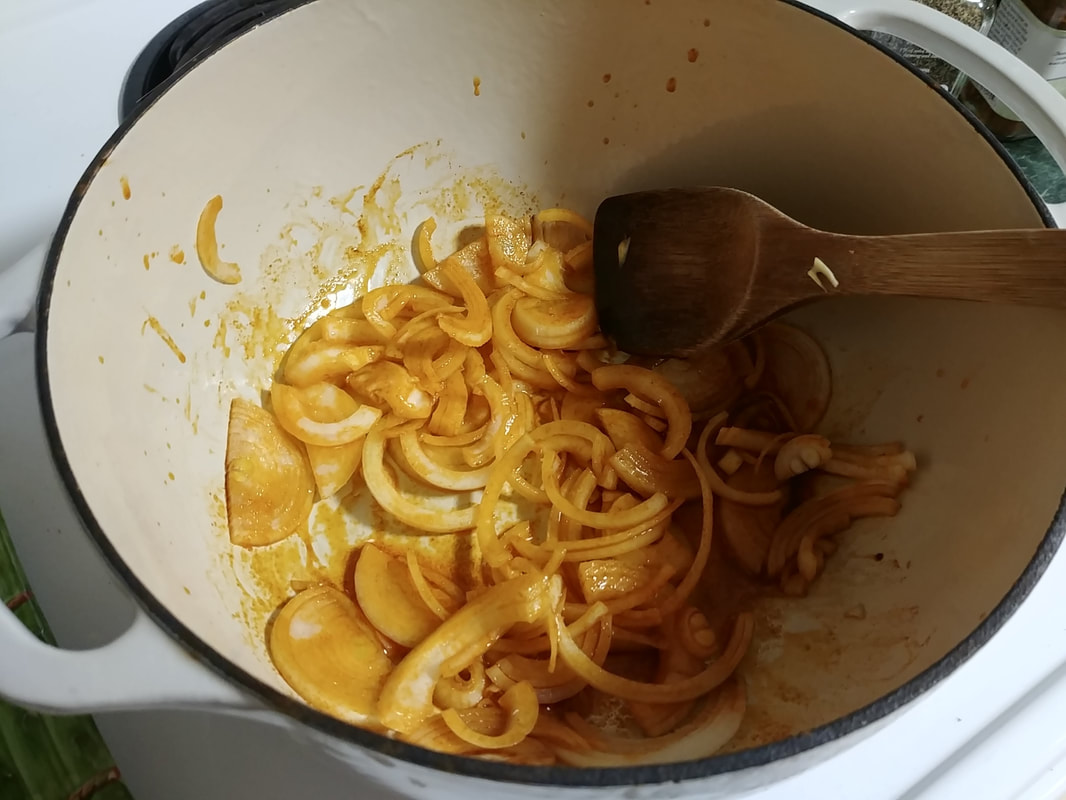
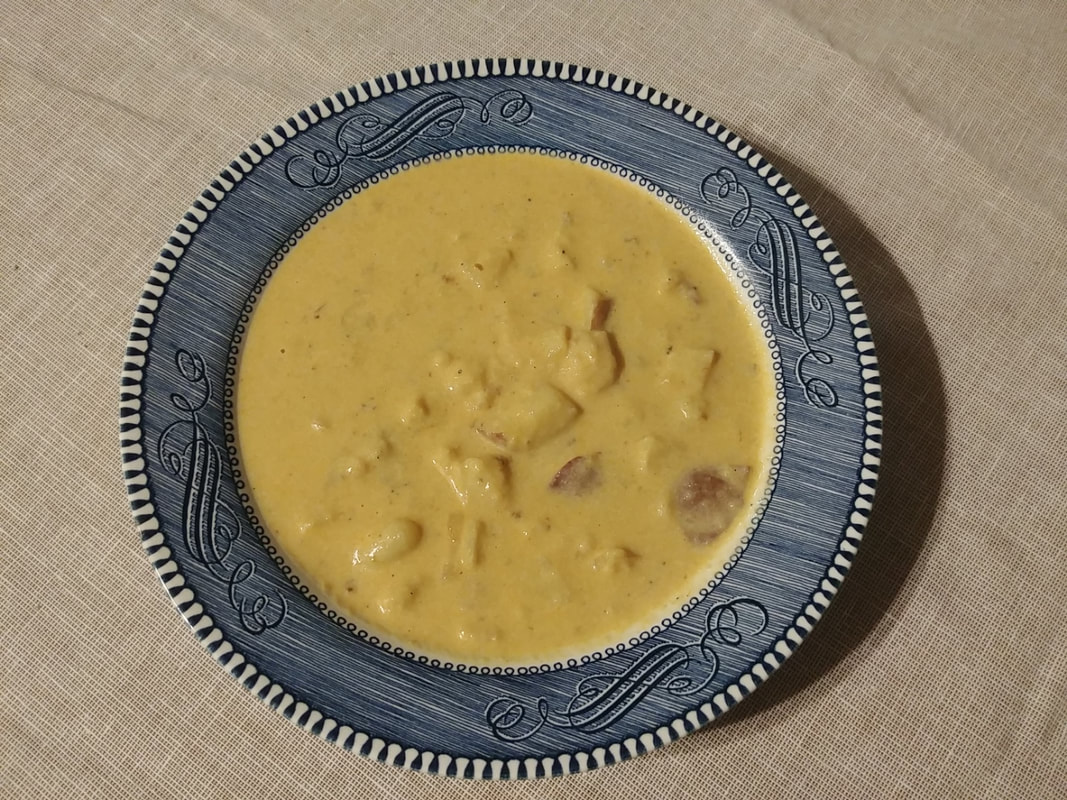
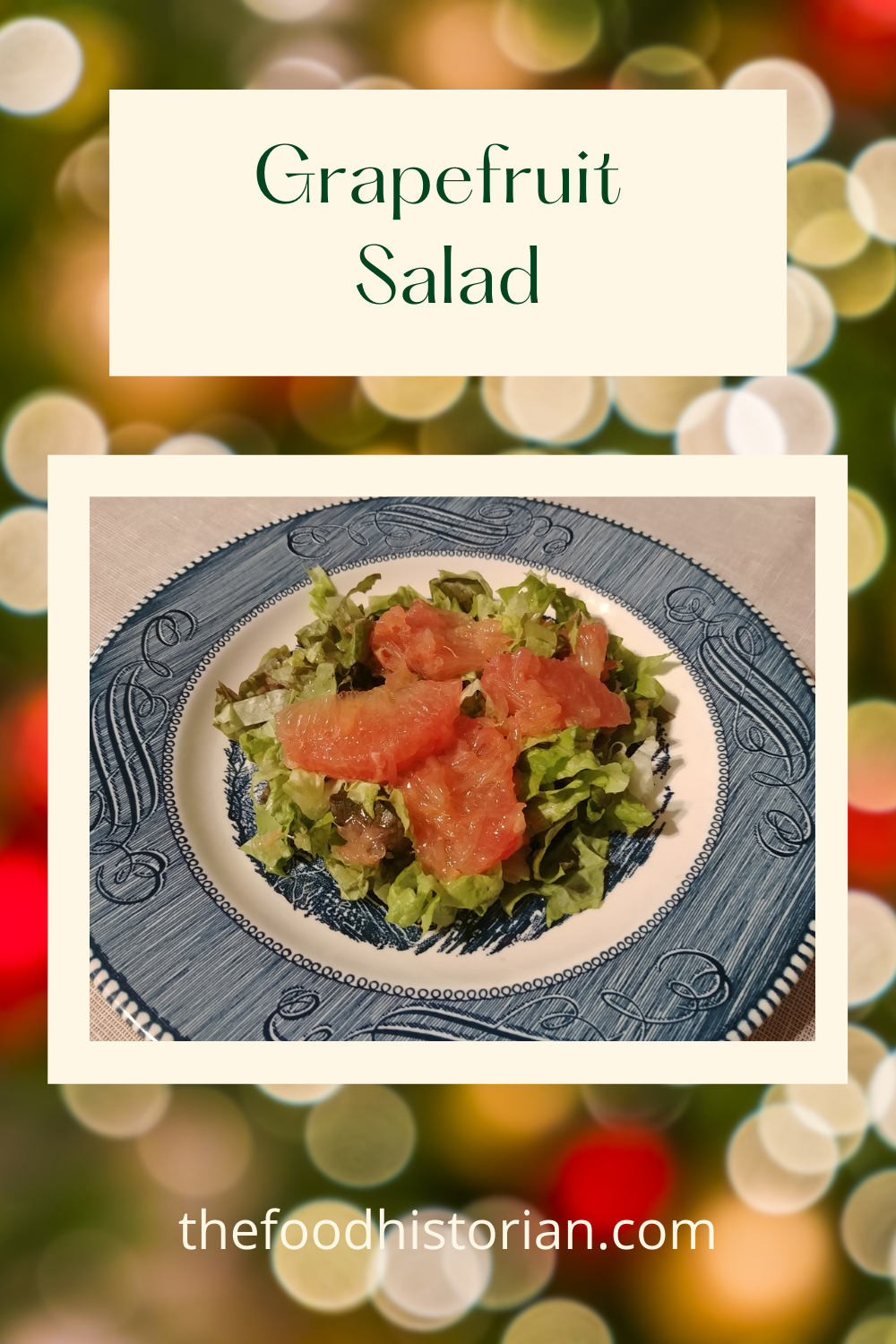
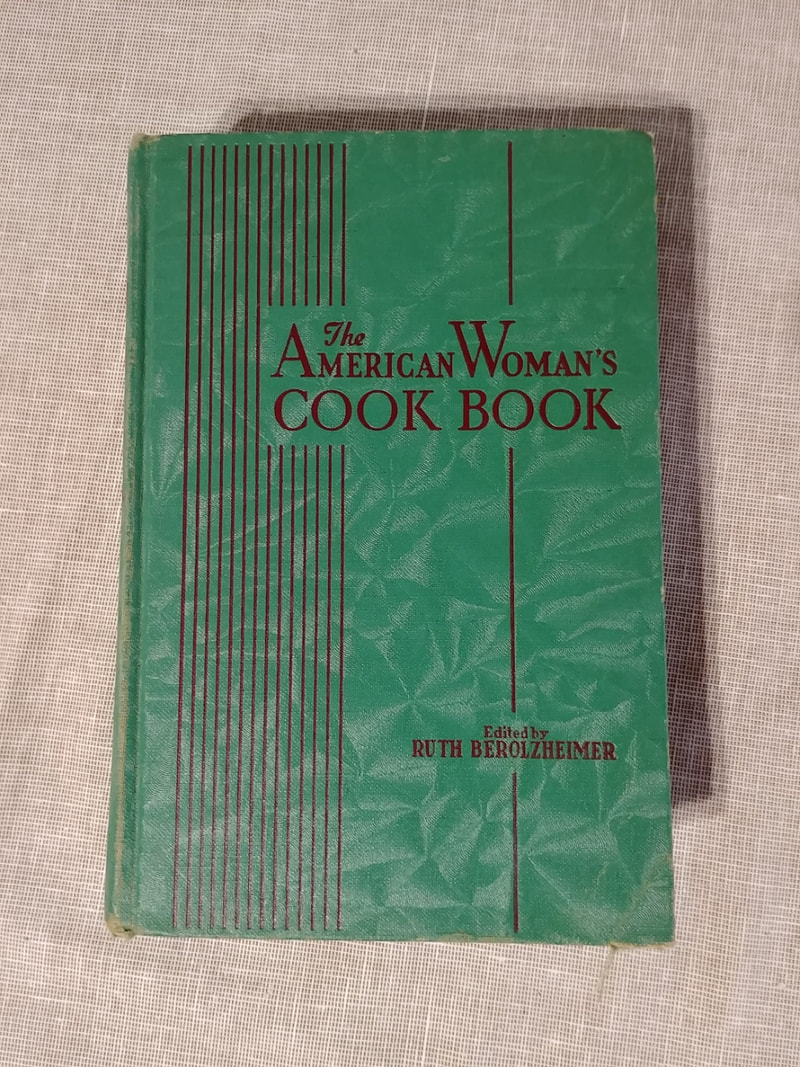
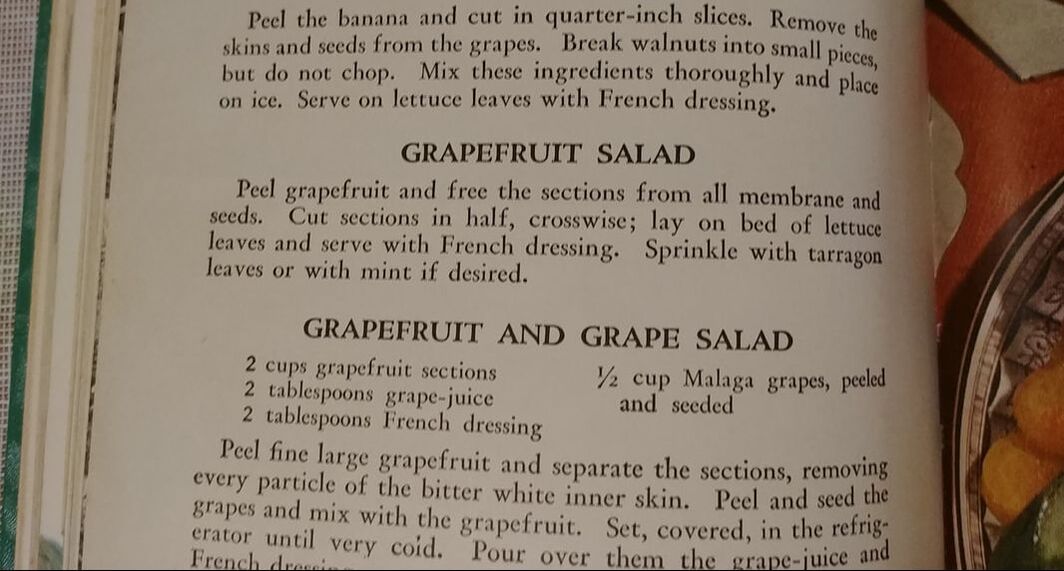
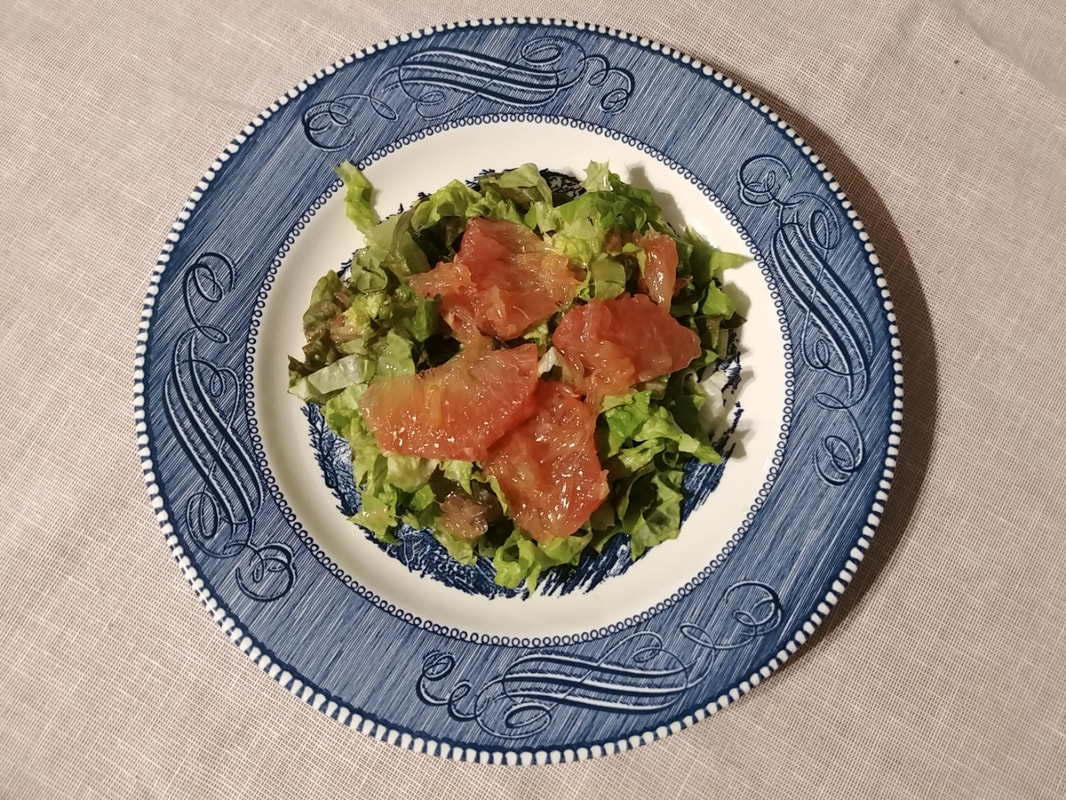
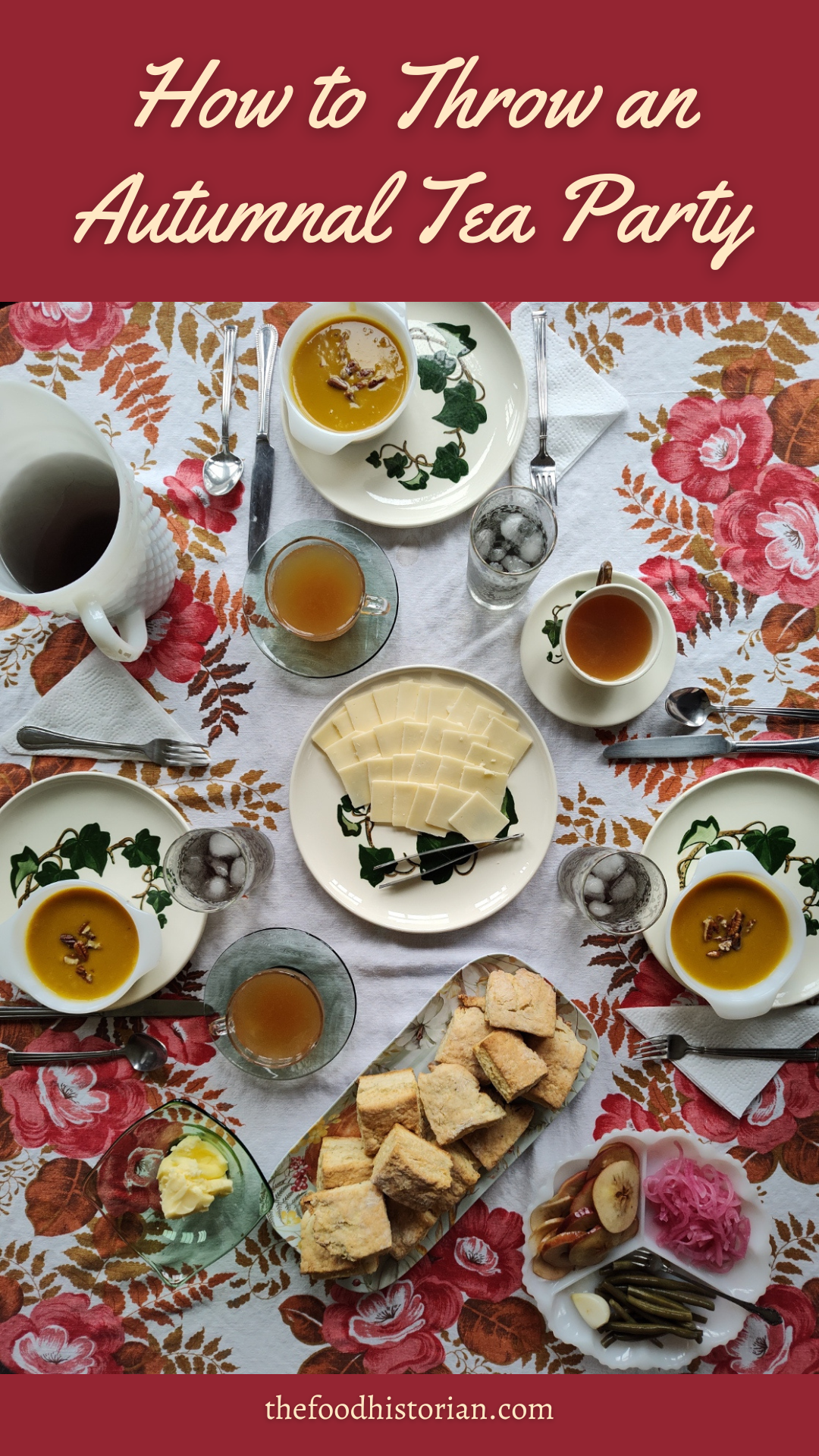

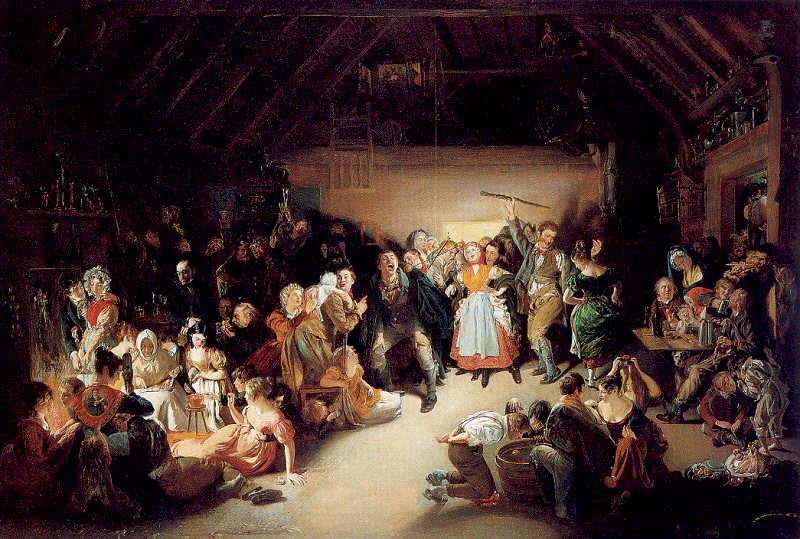
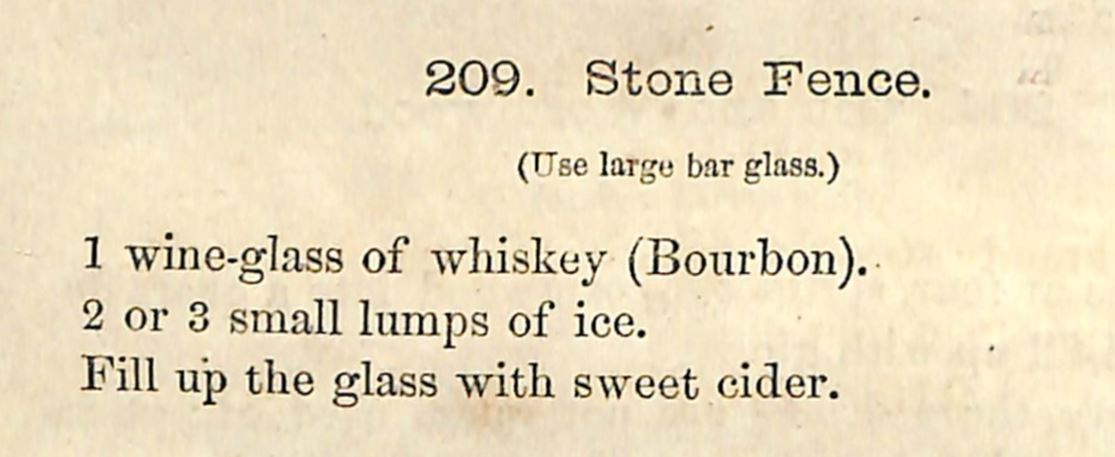

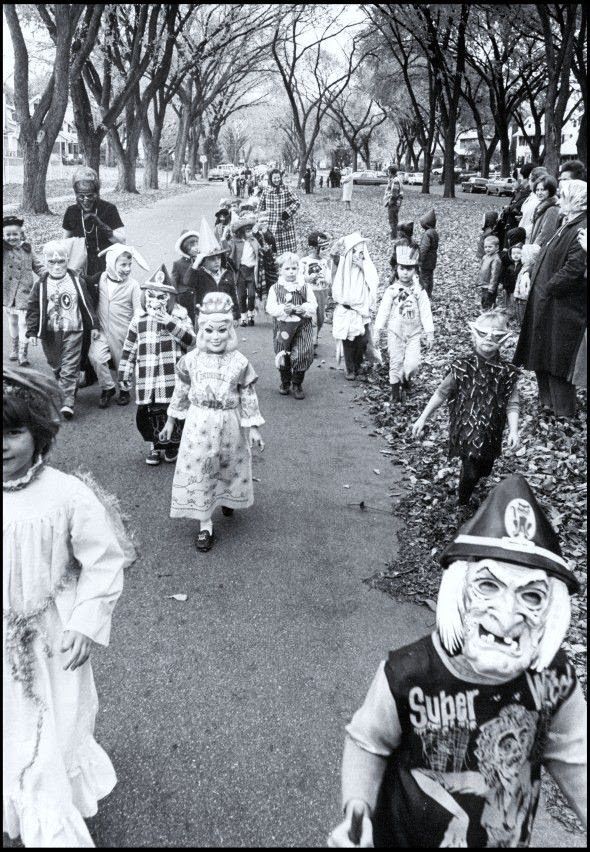
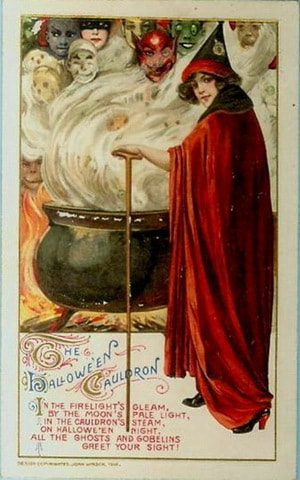
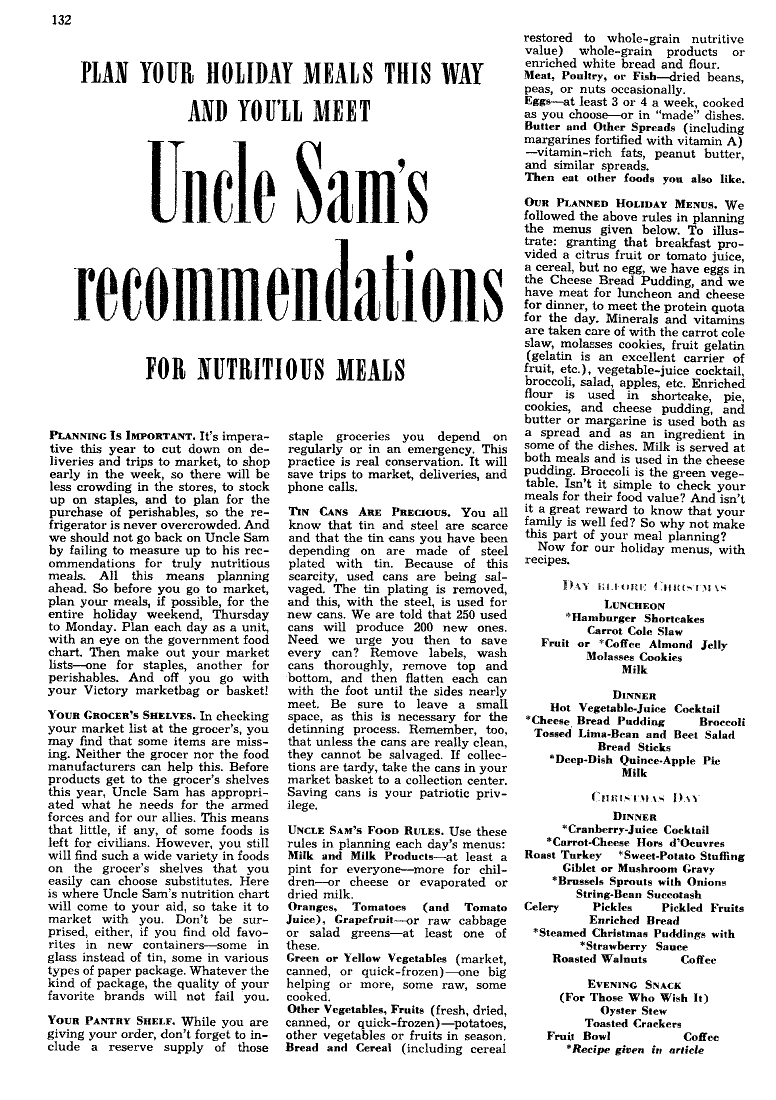
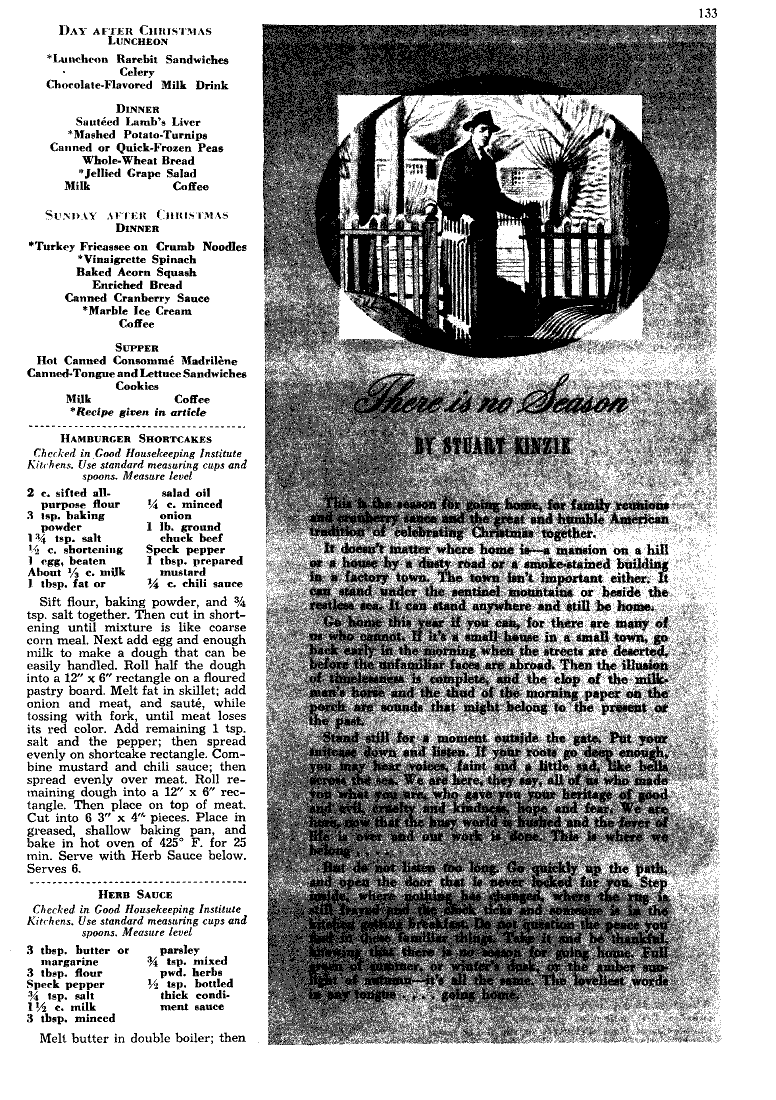
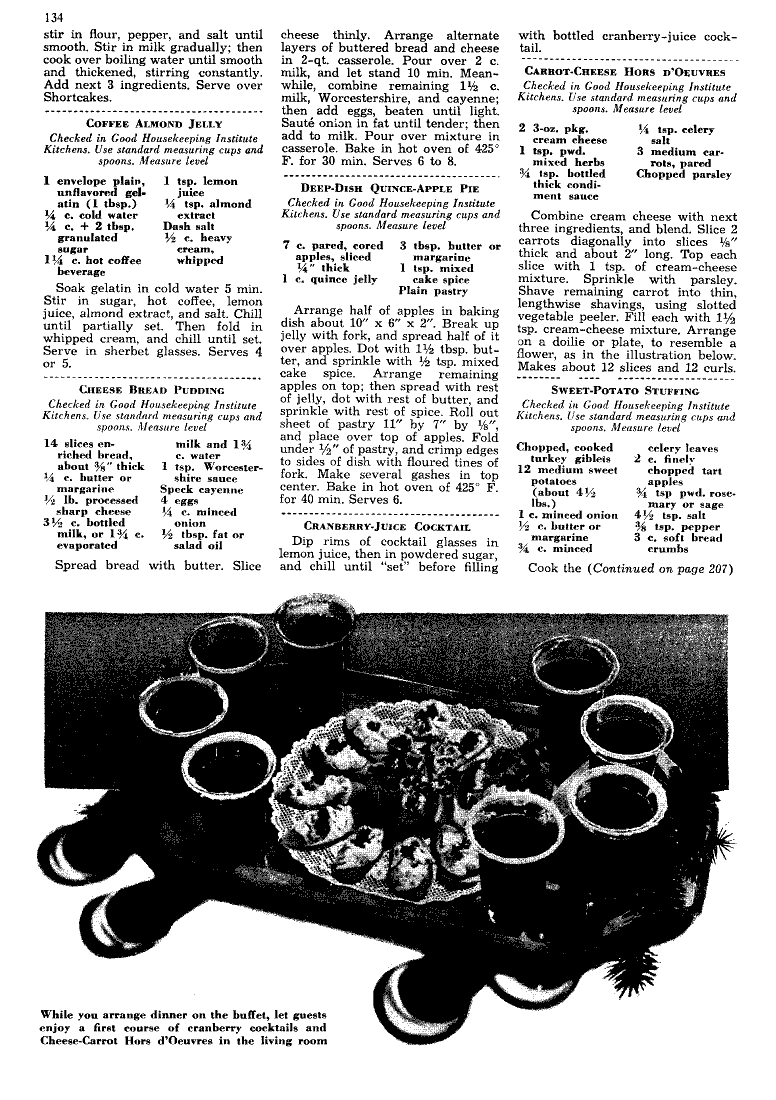
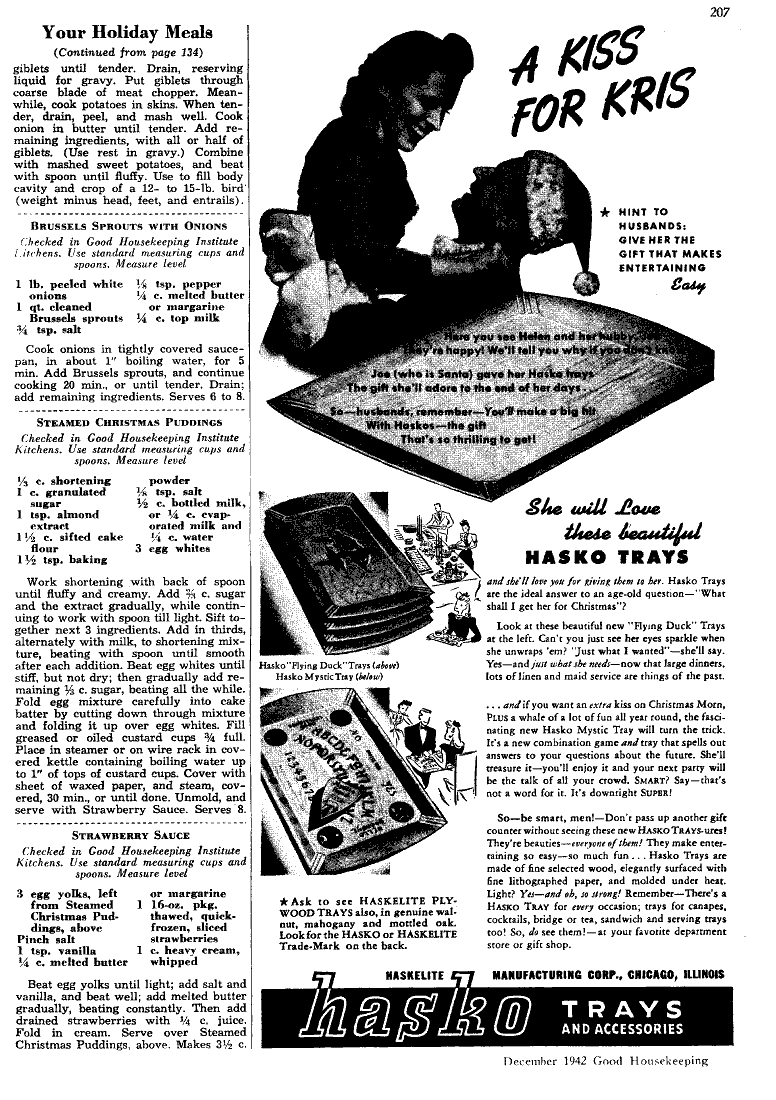
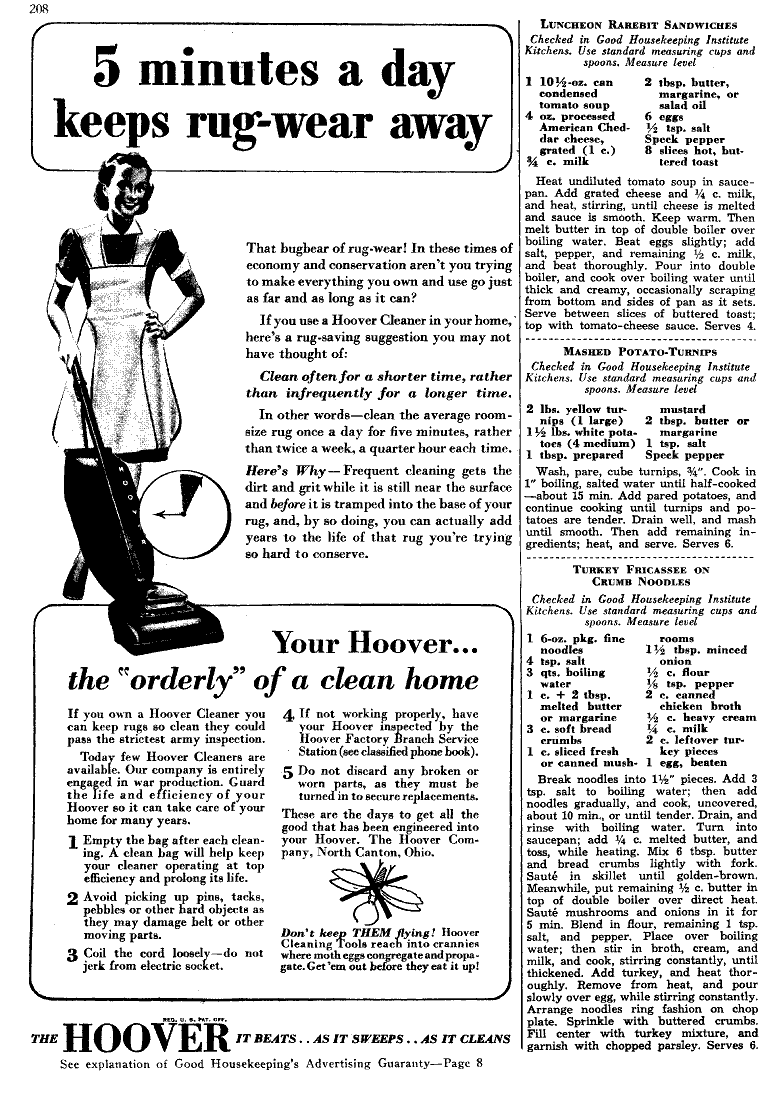
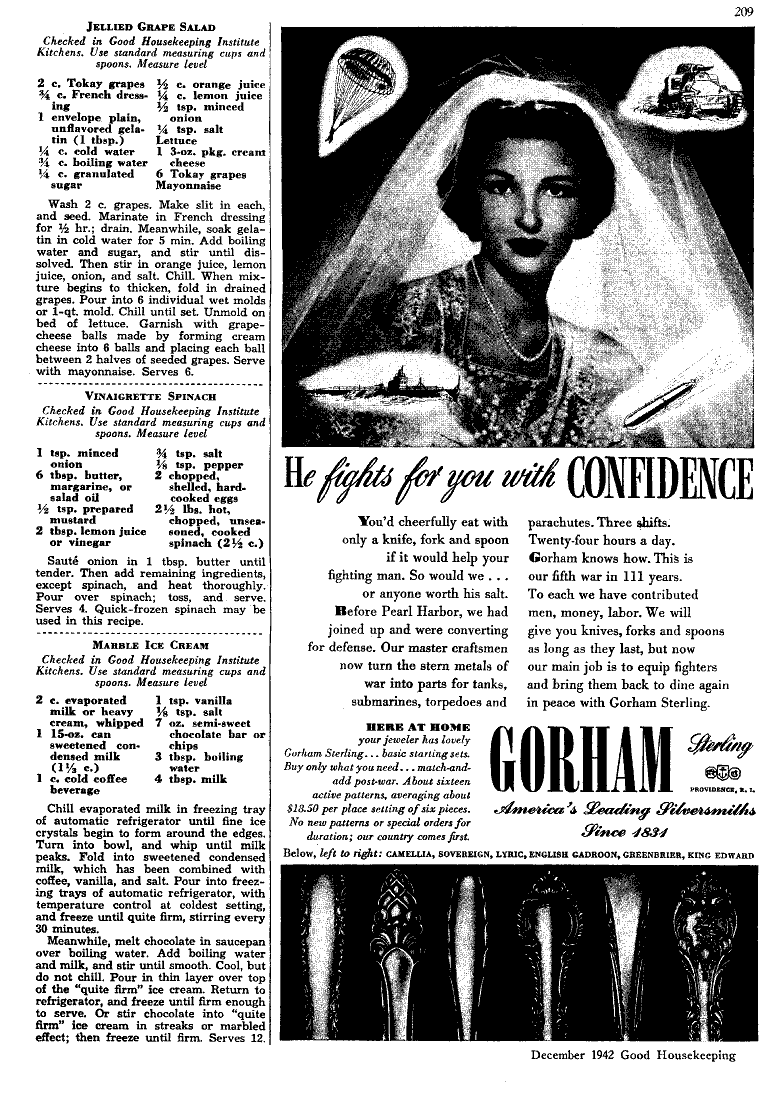
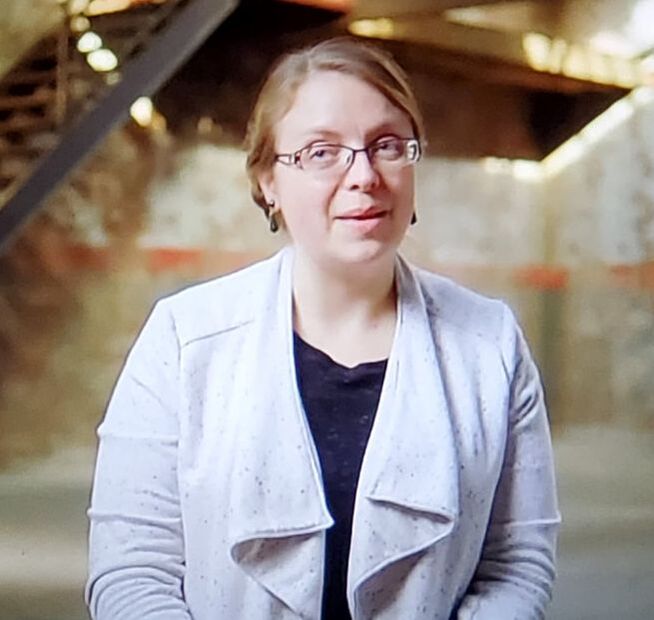
 RSS Feed
RSS Feed